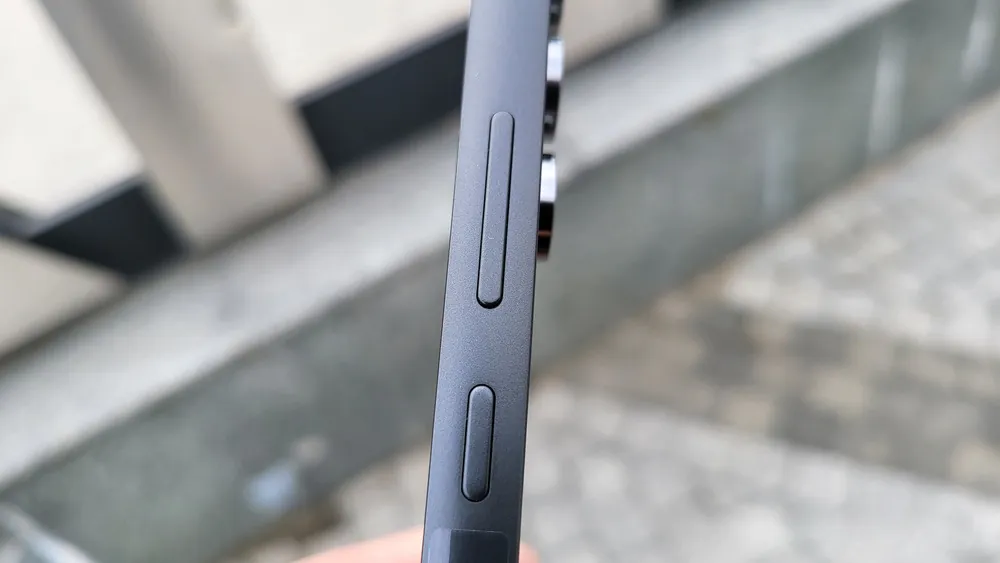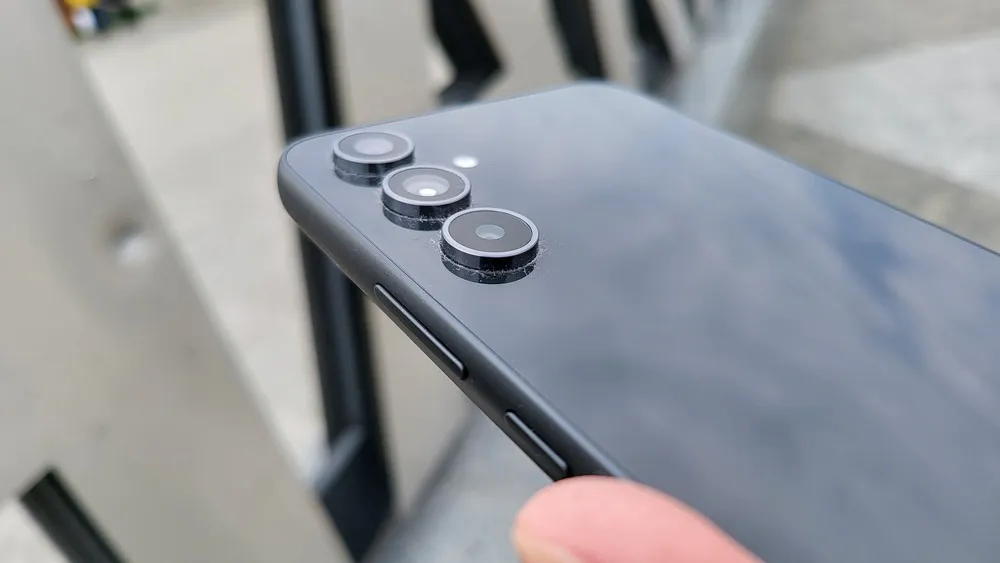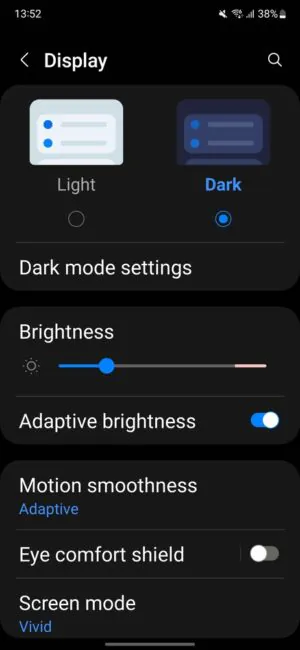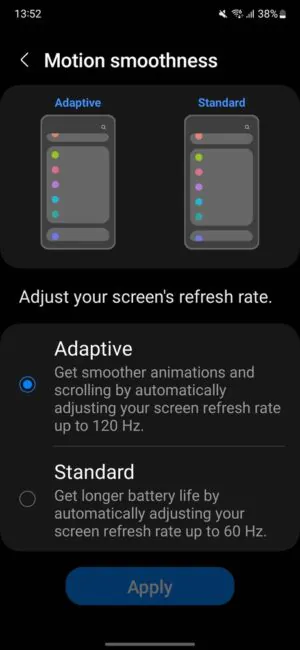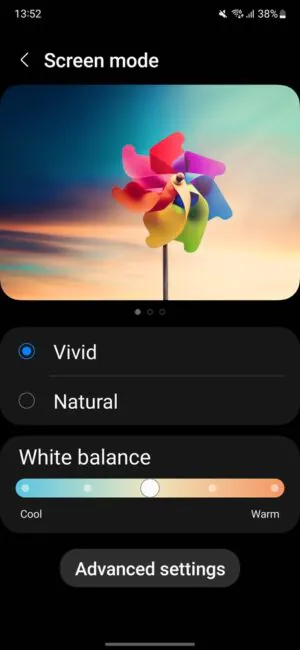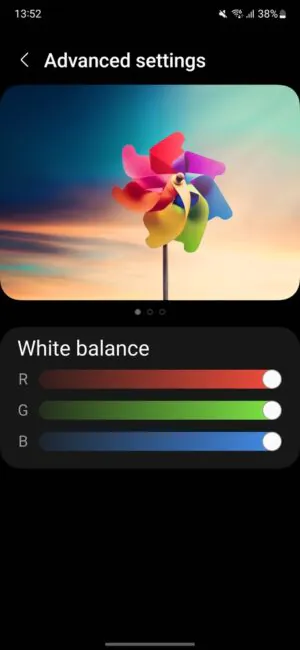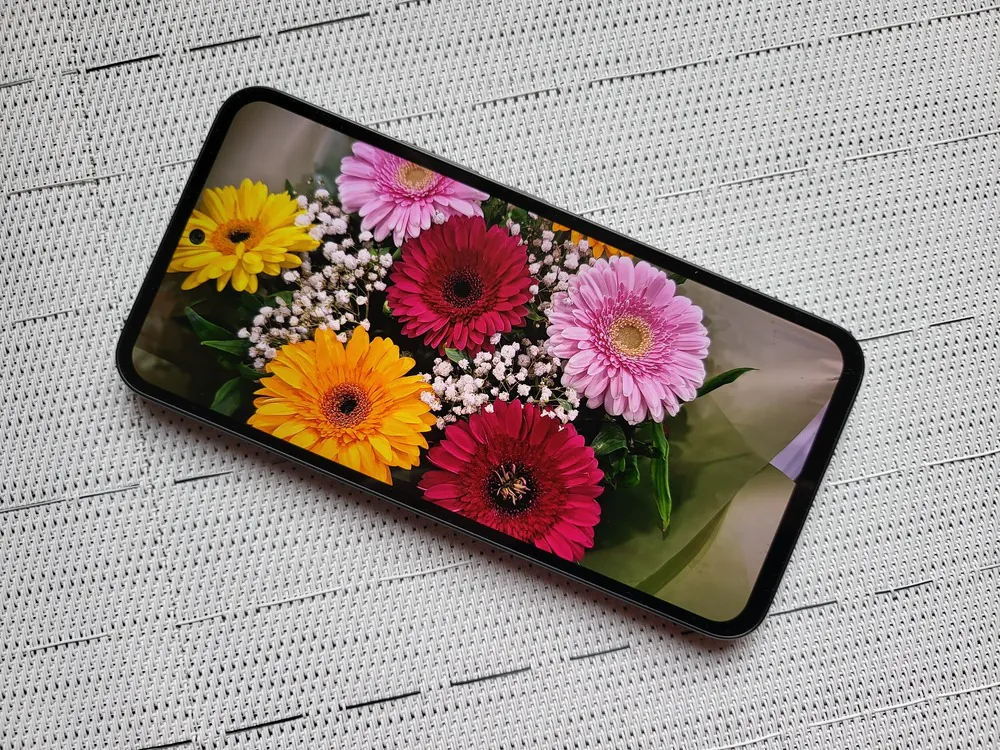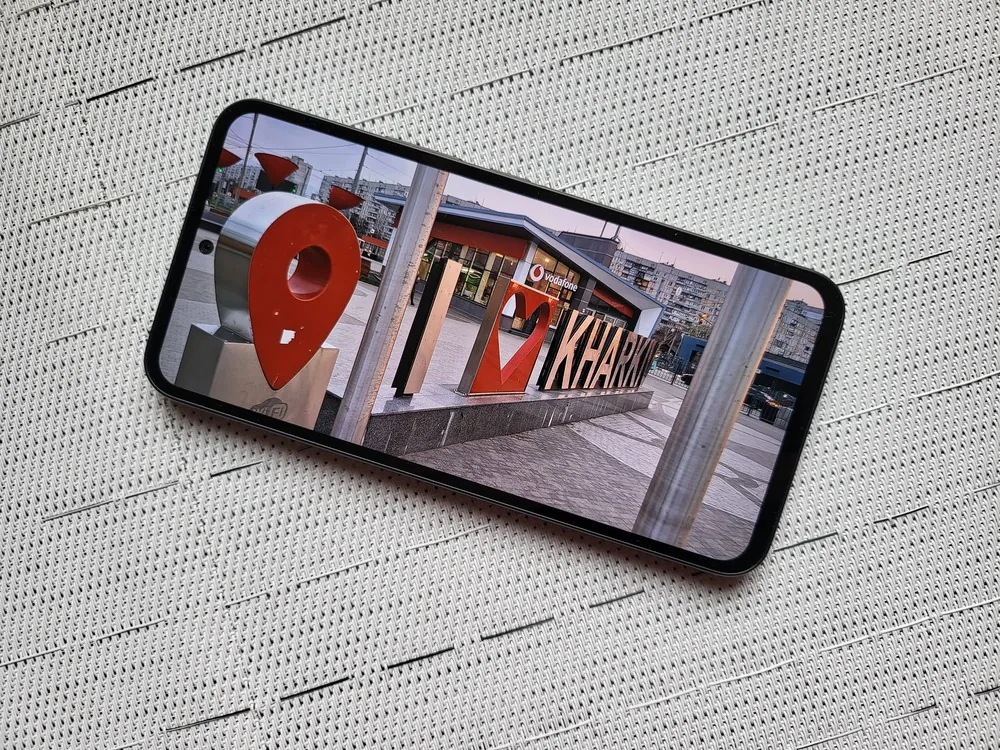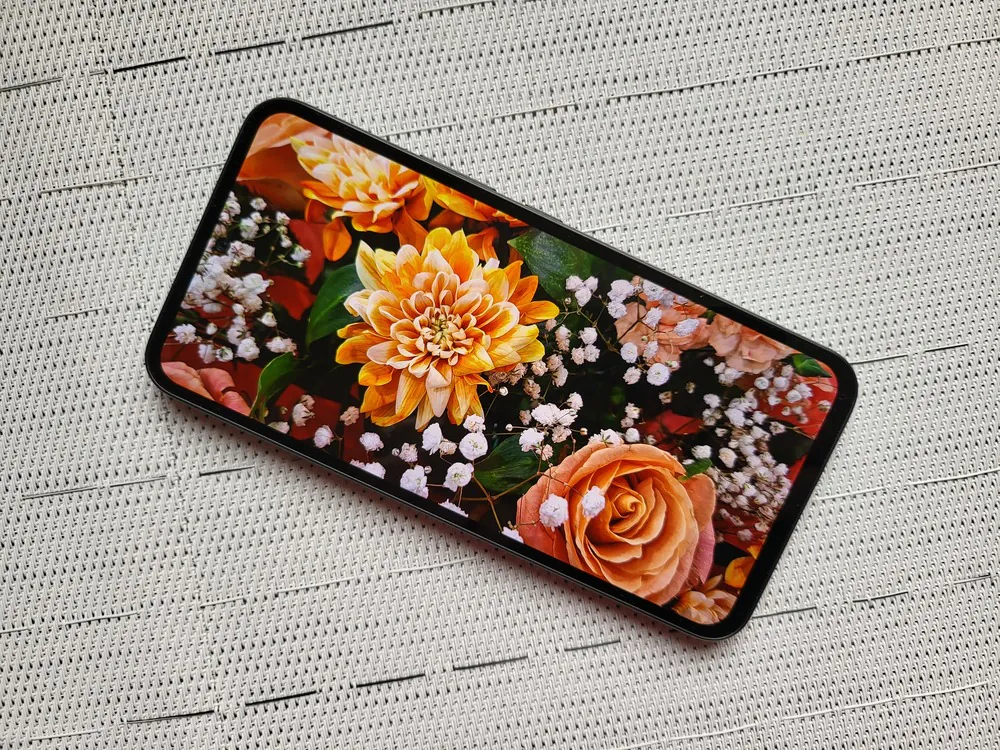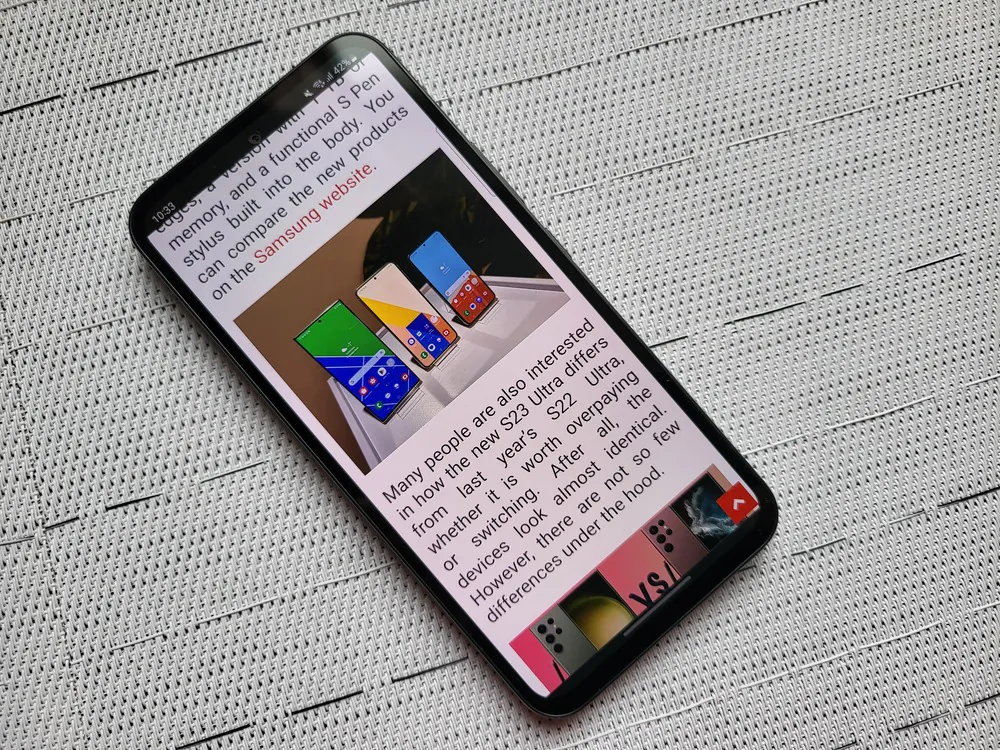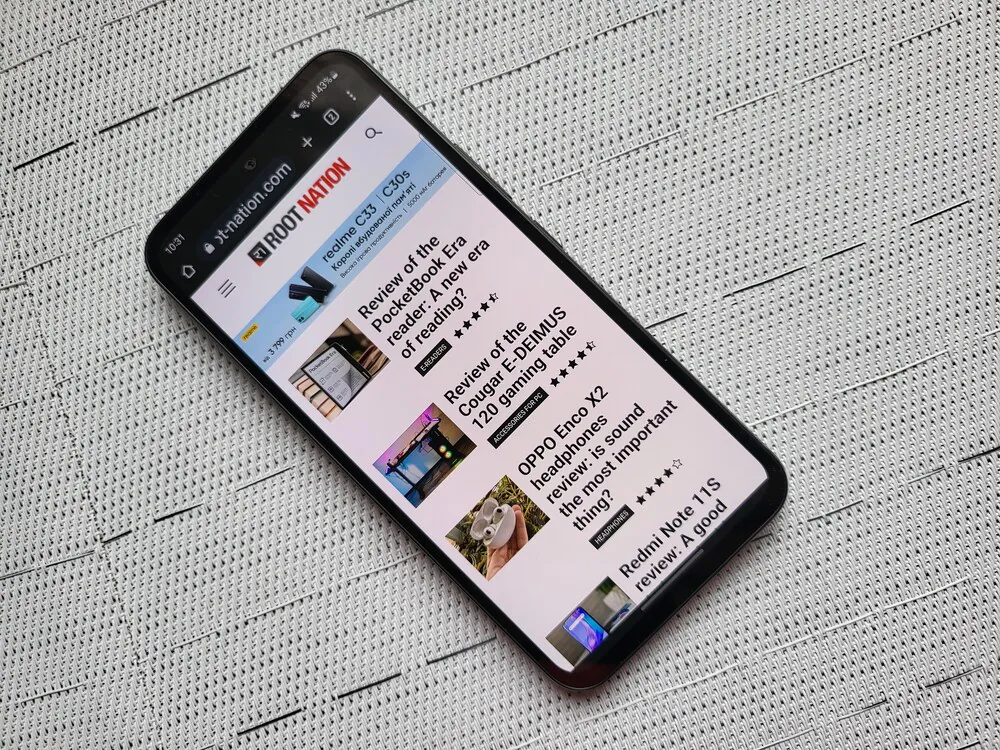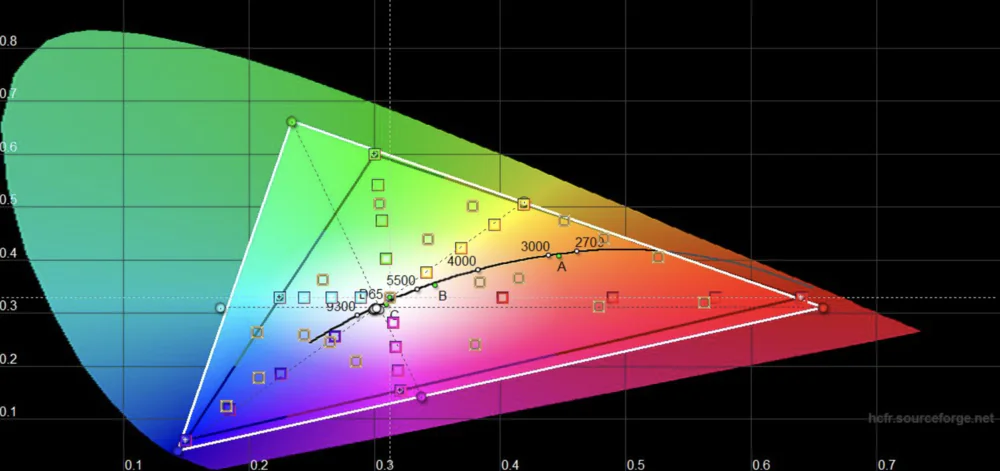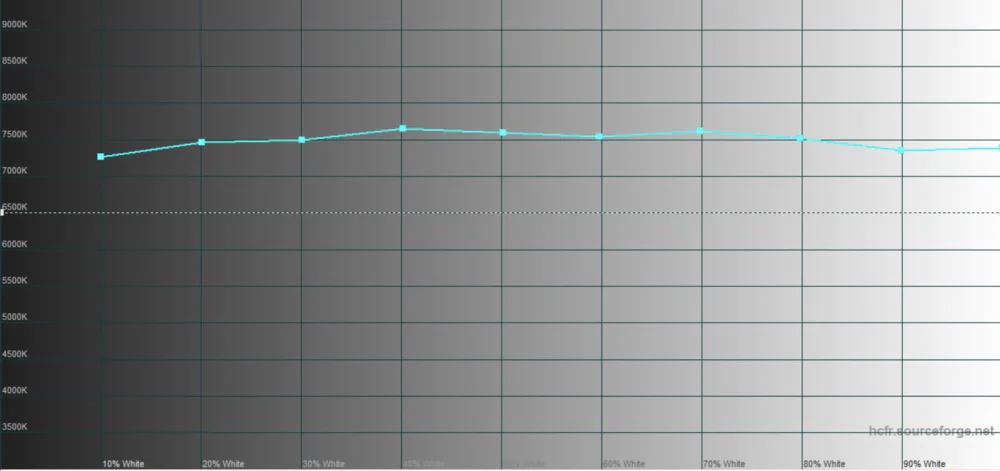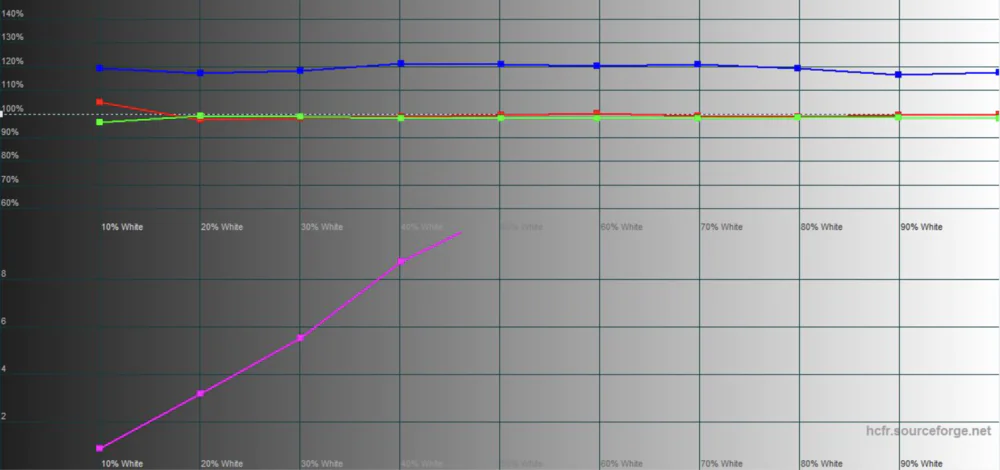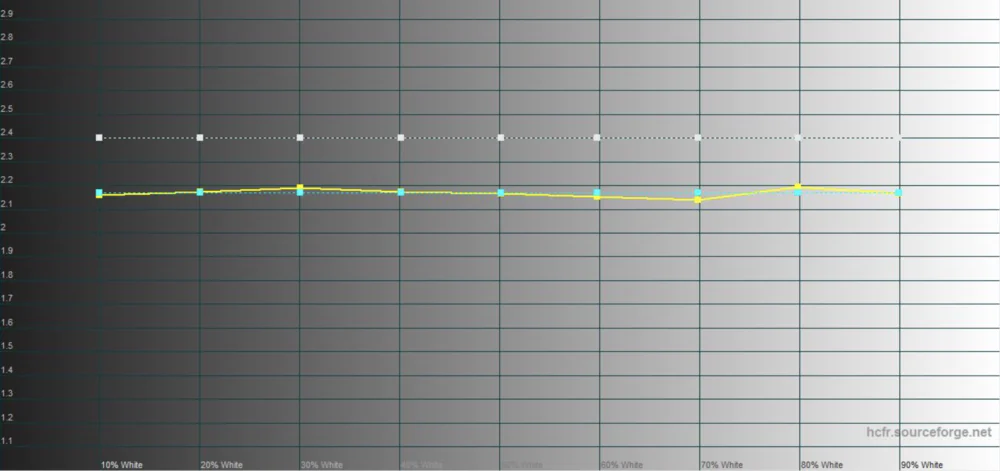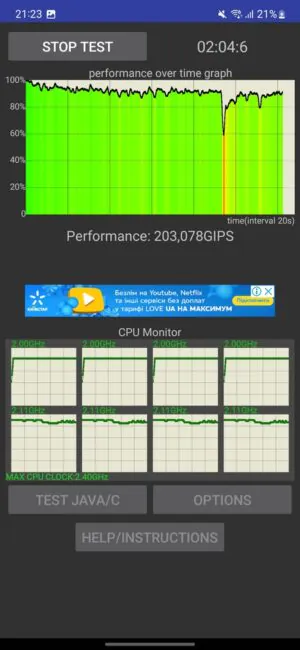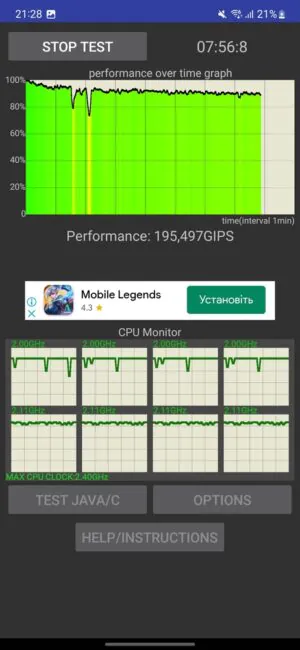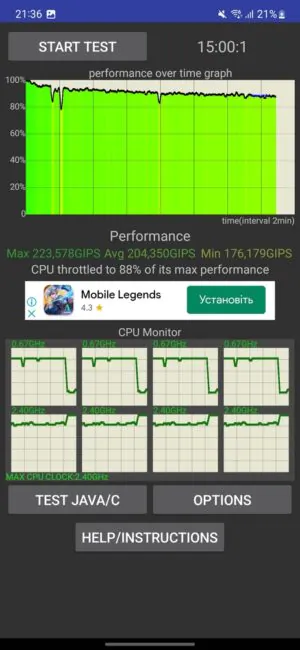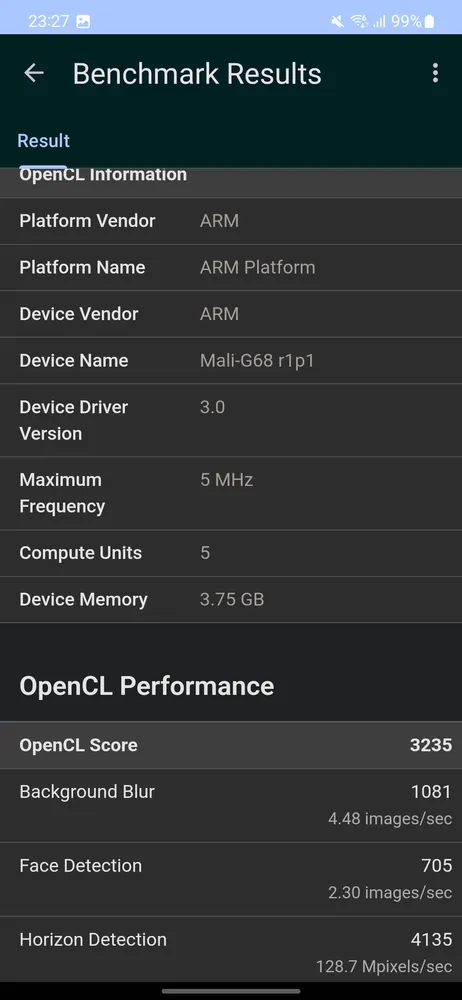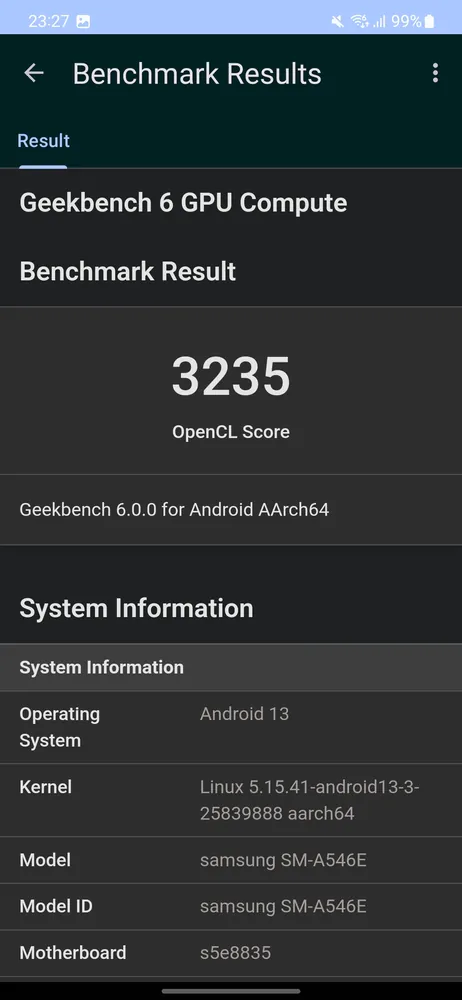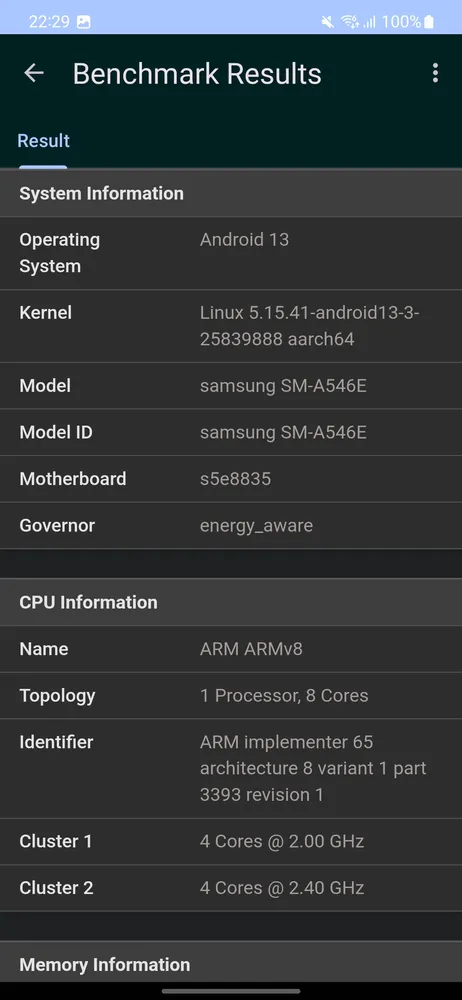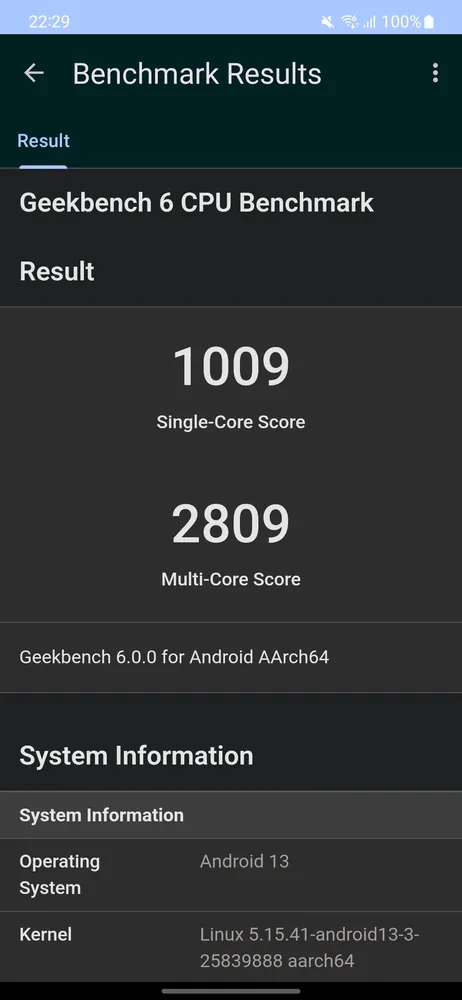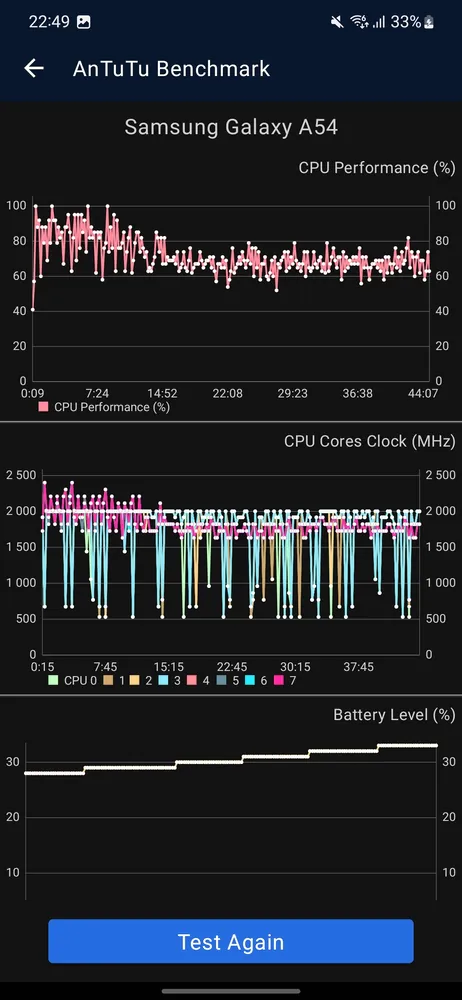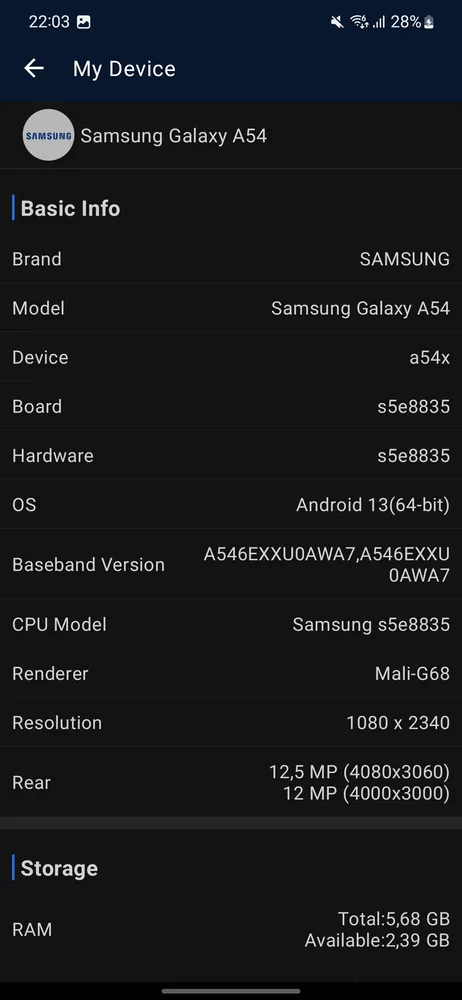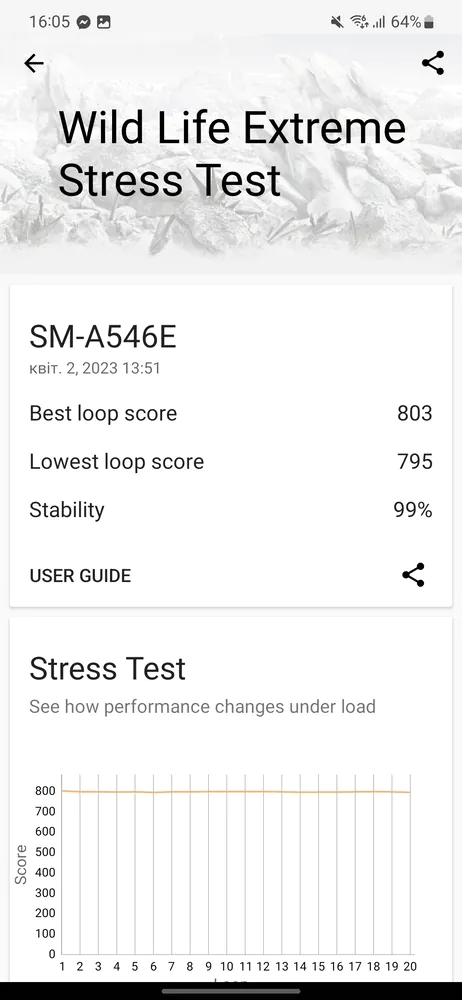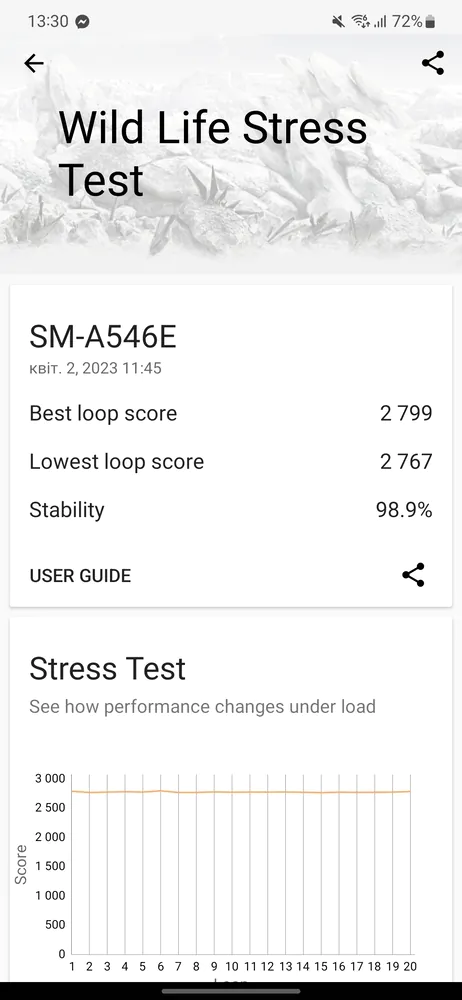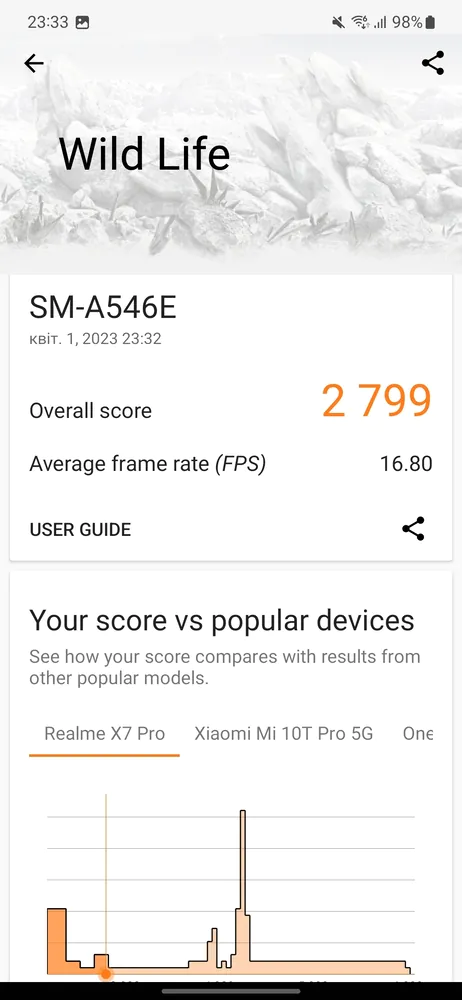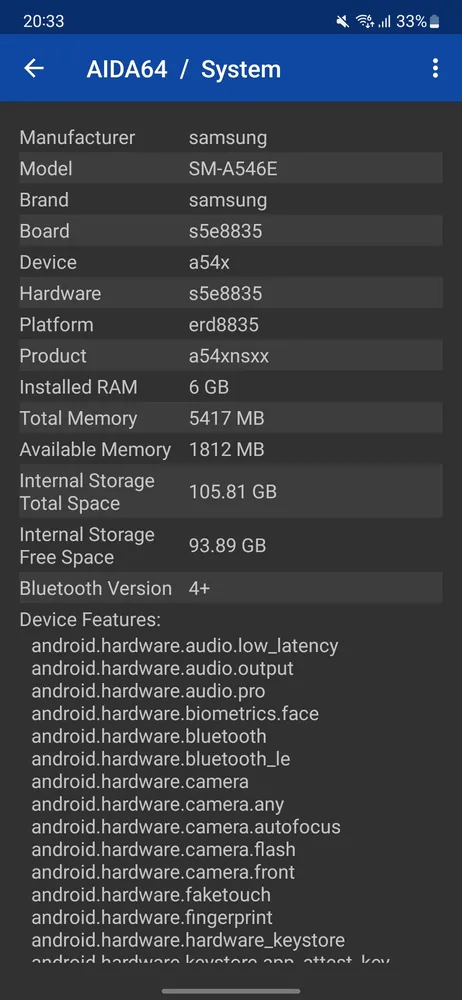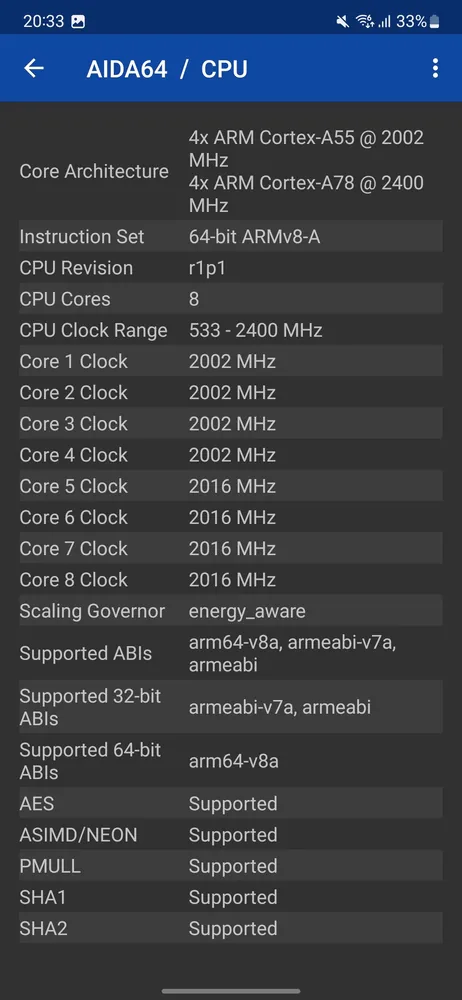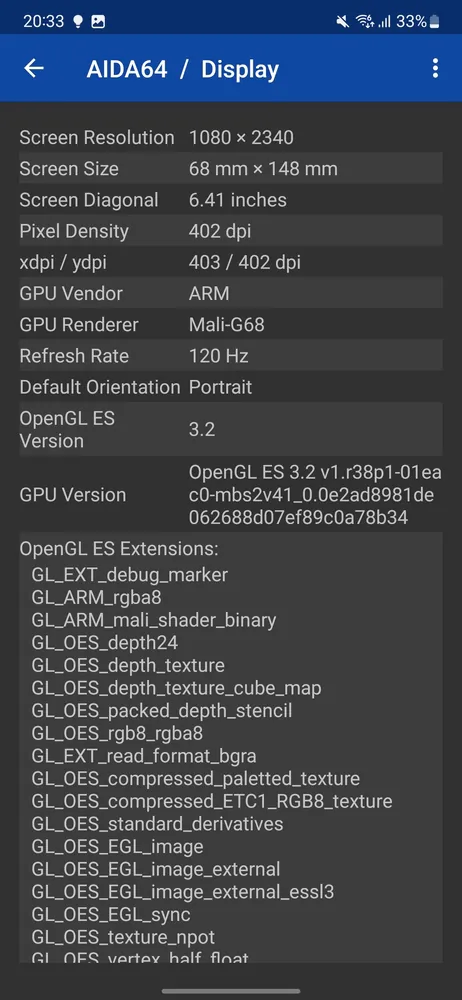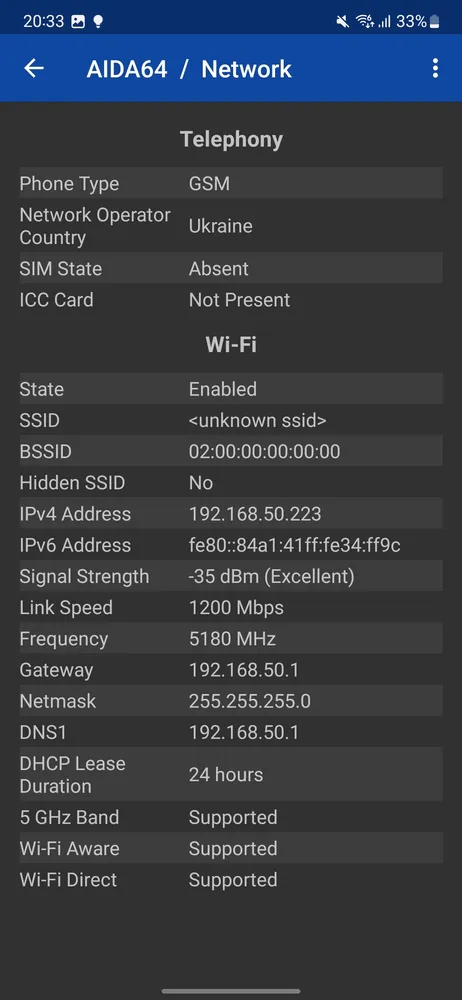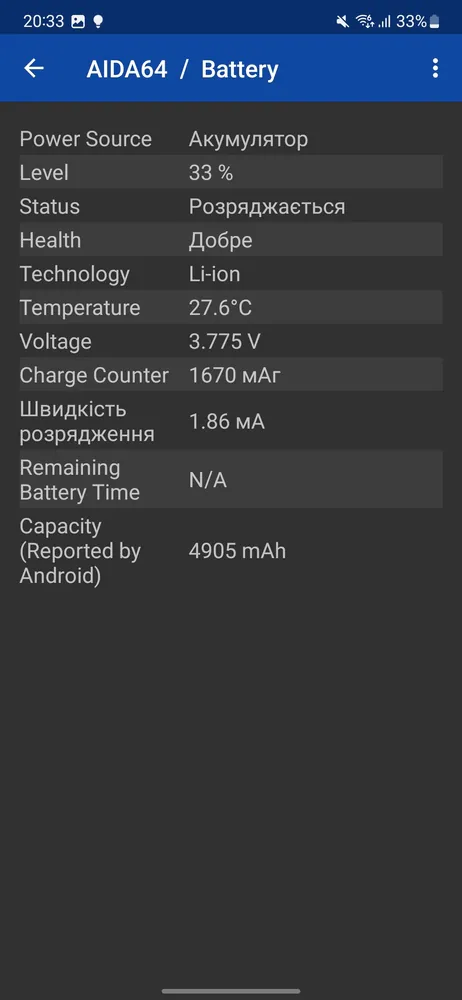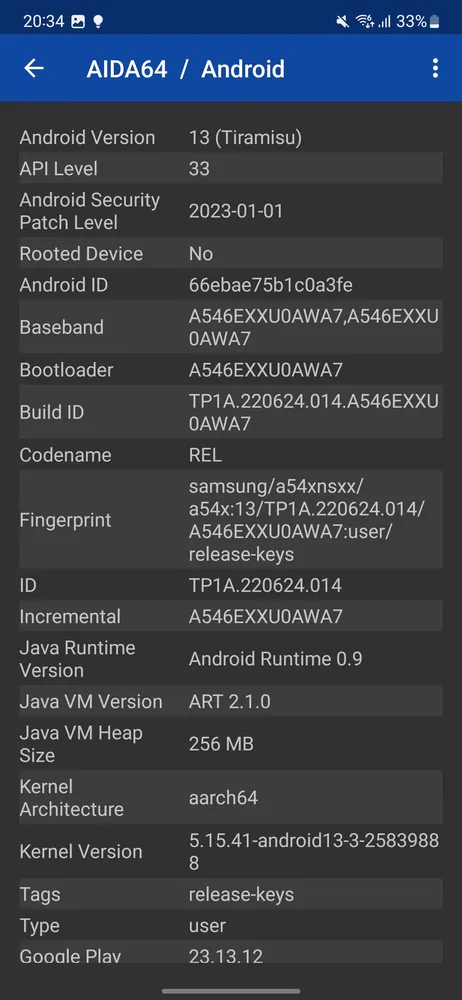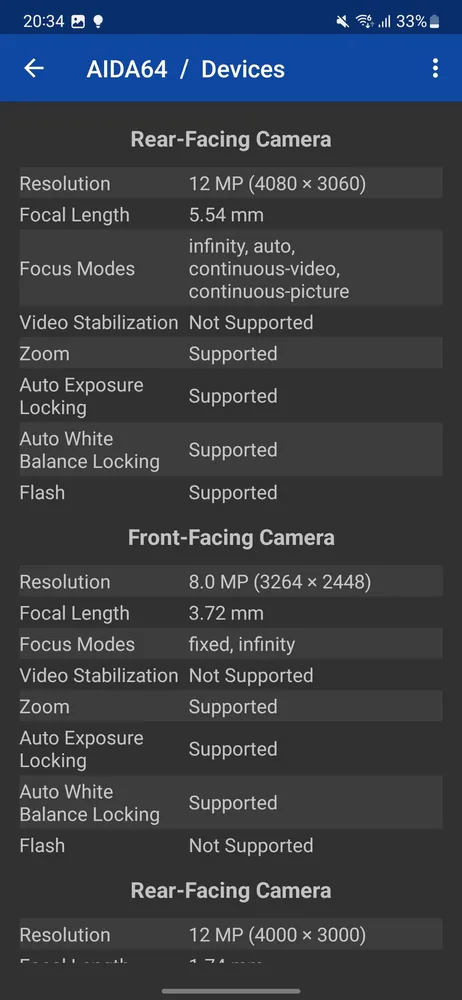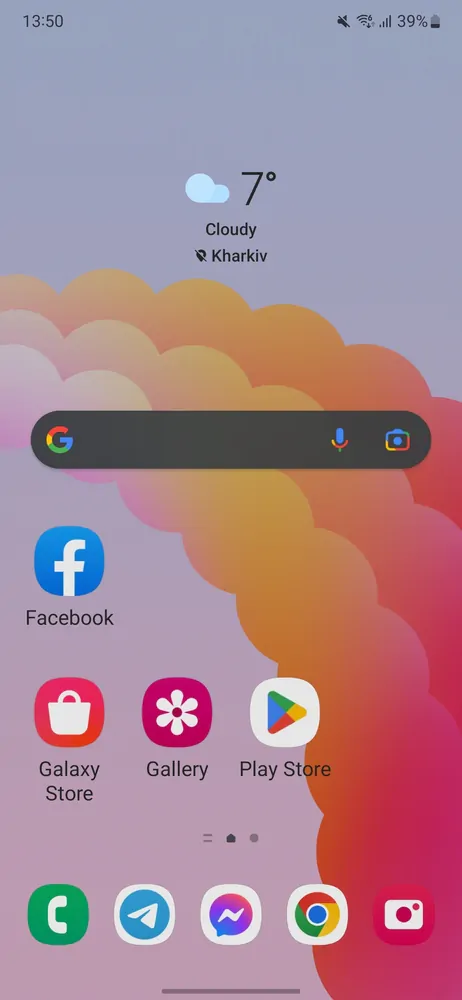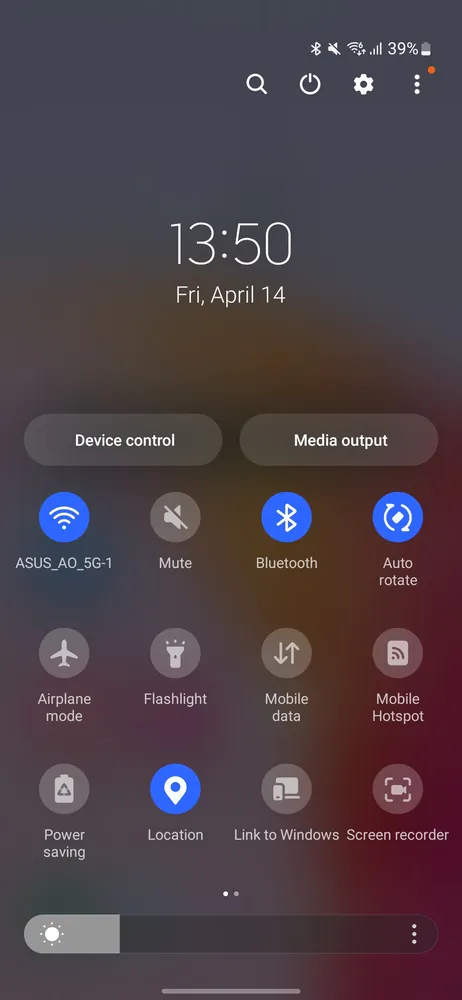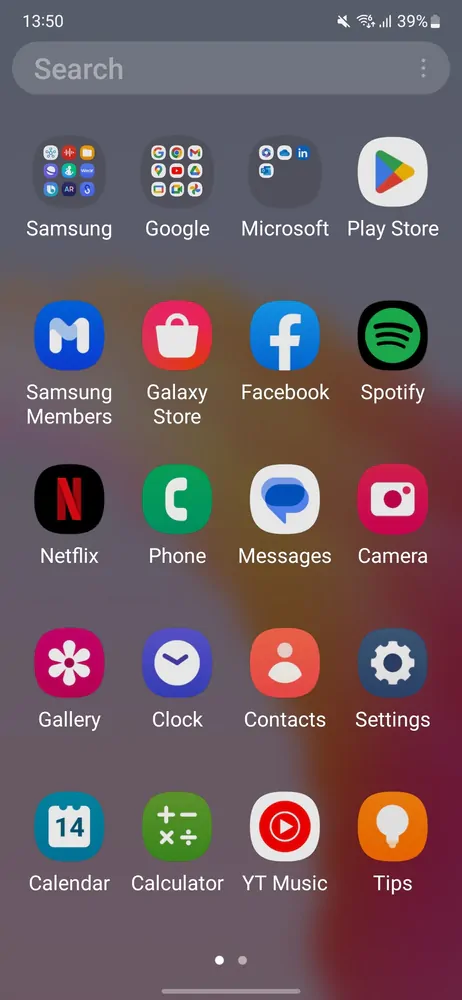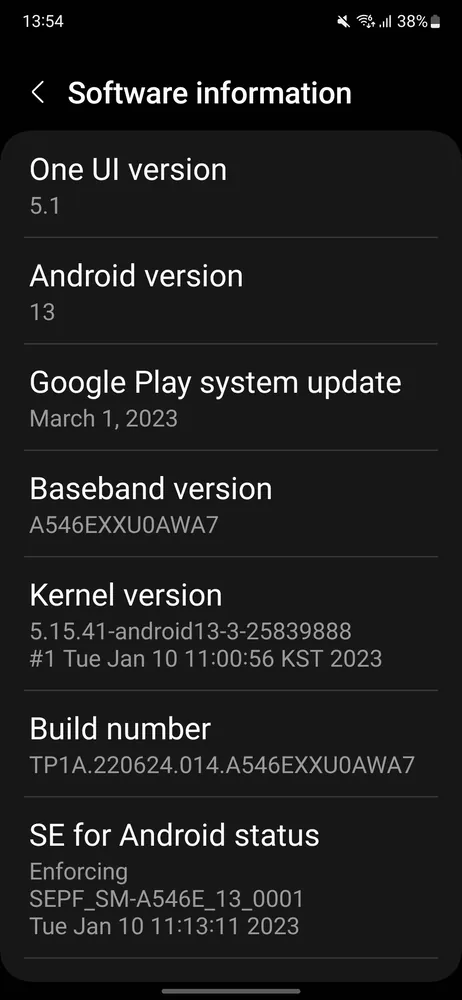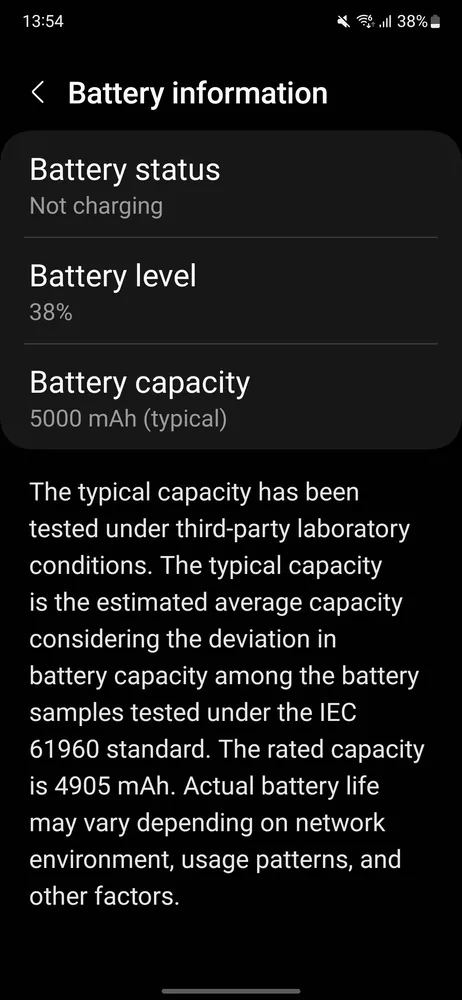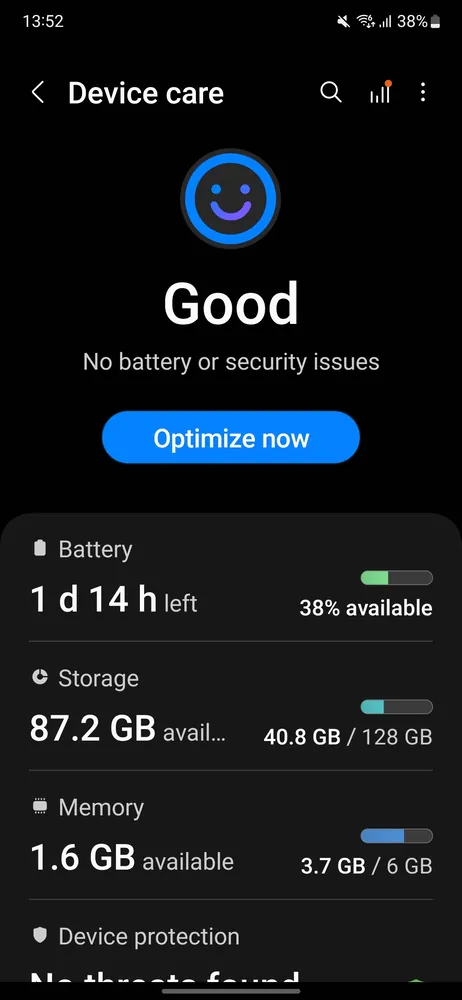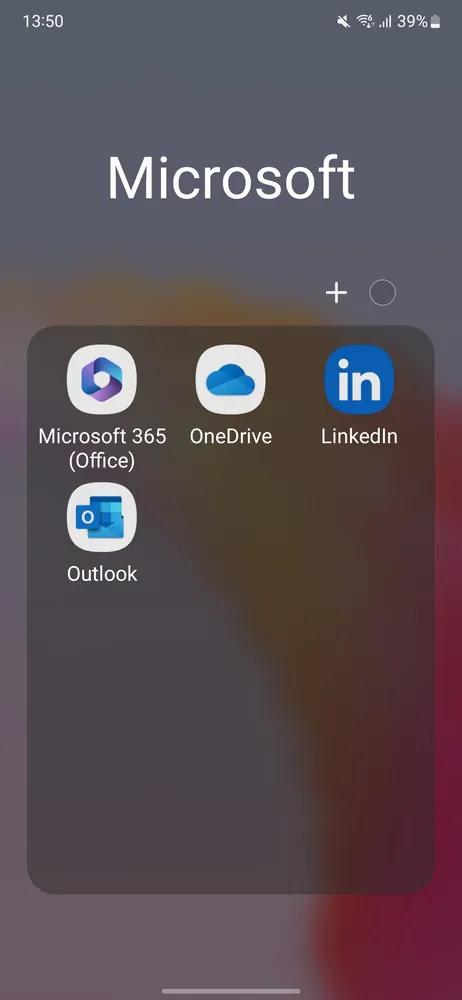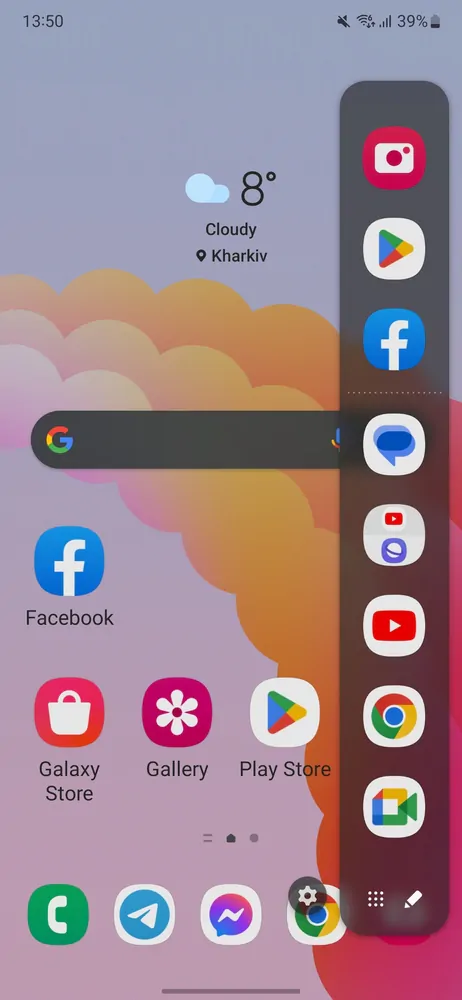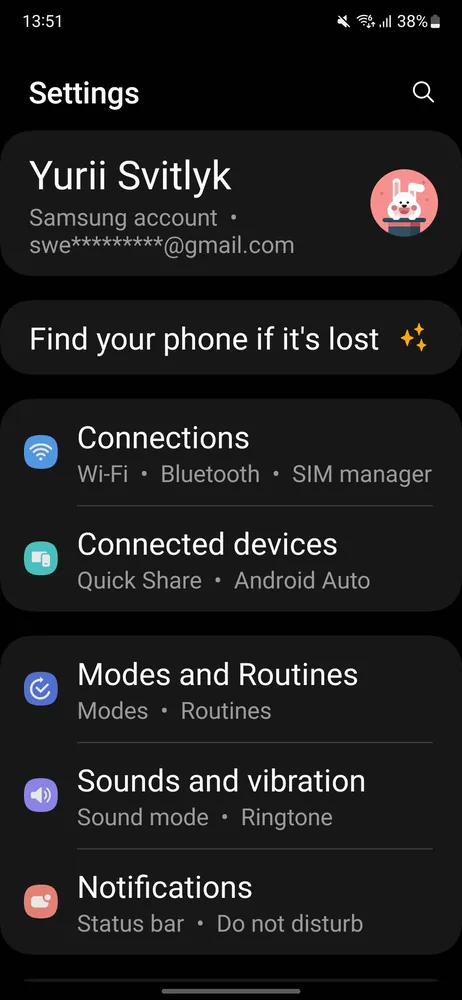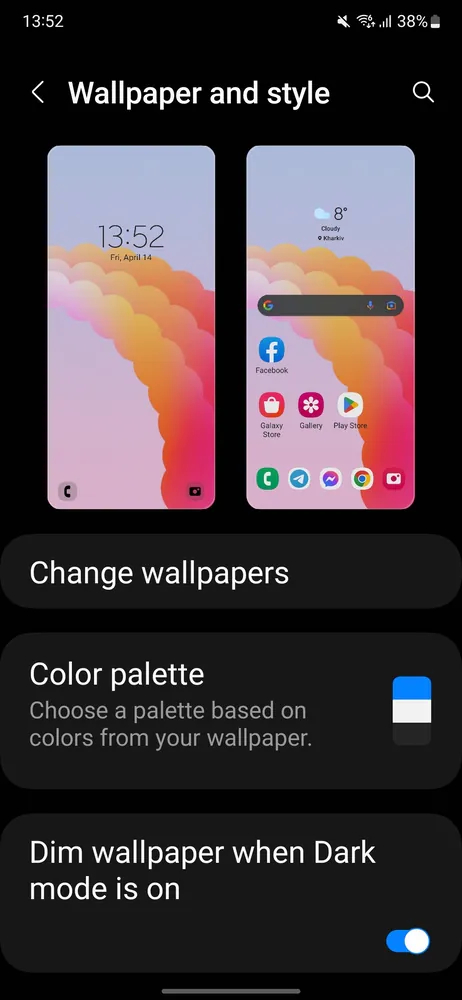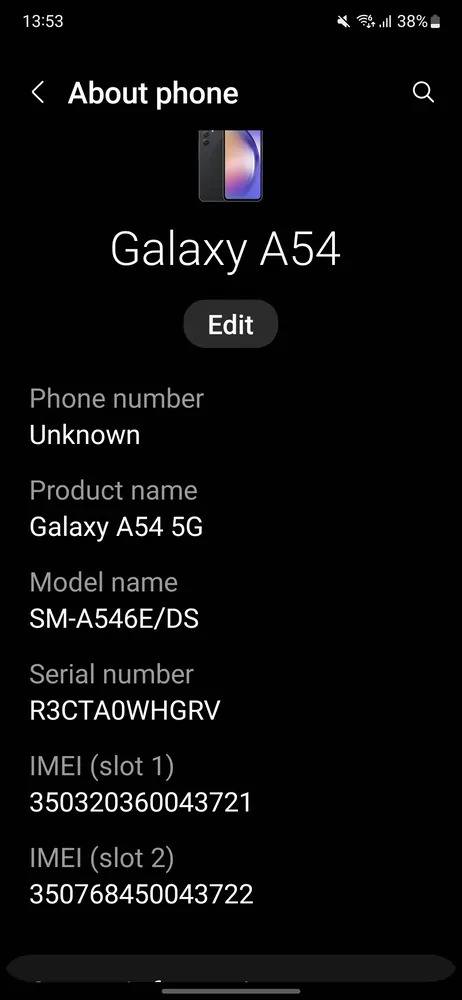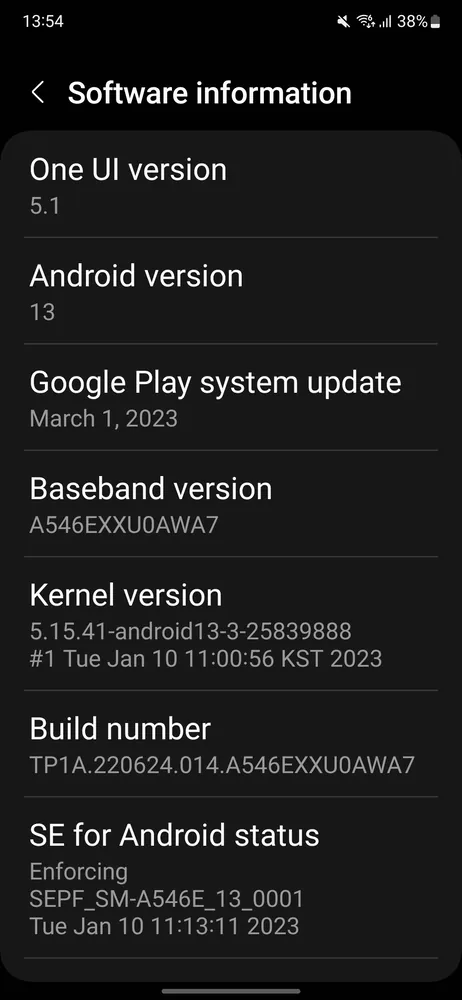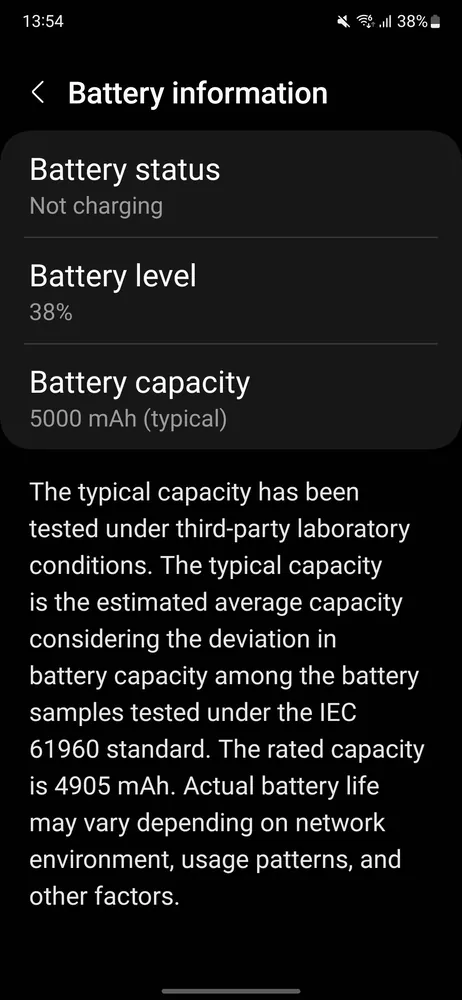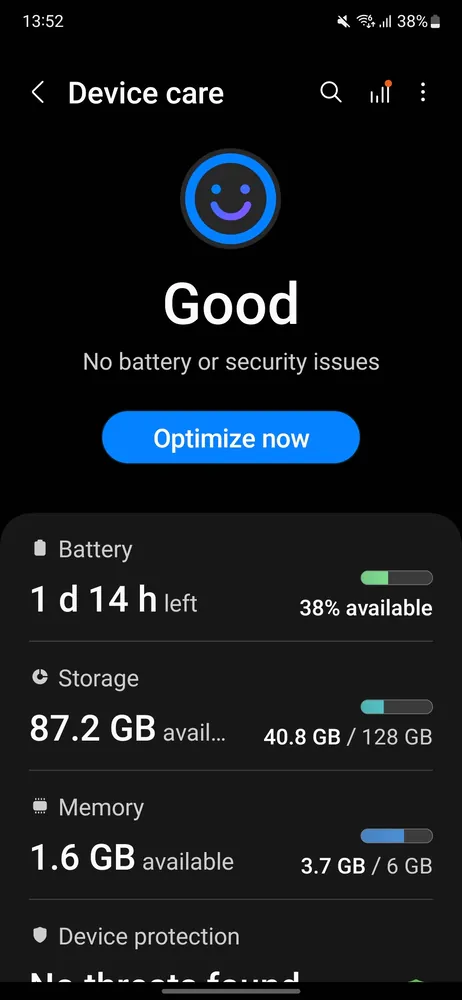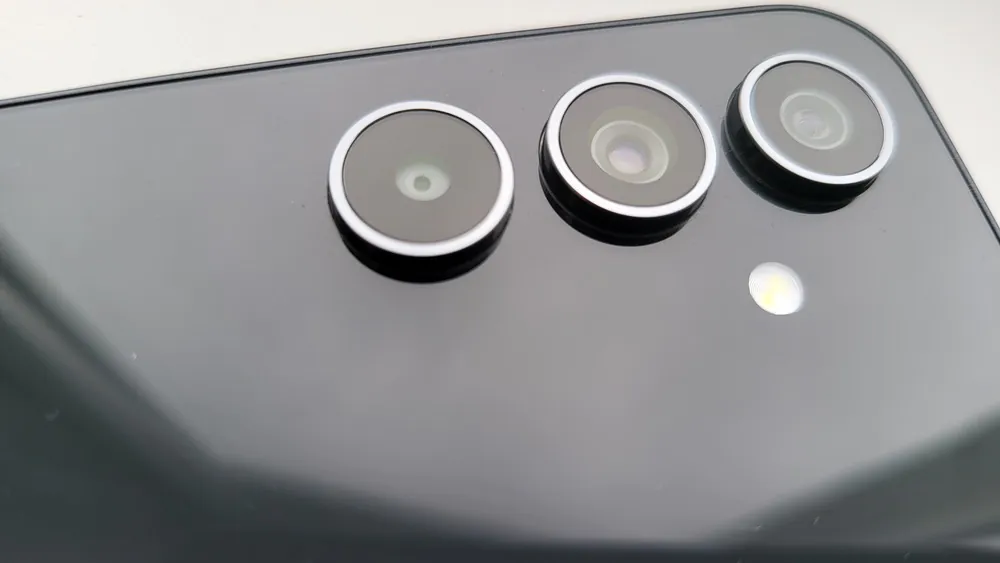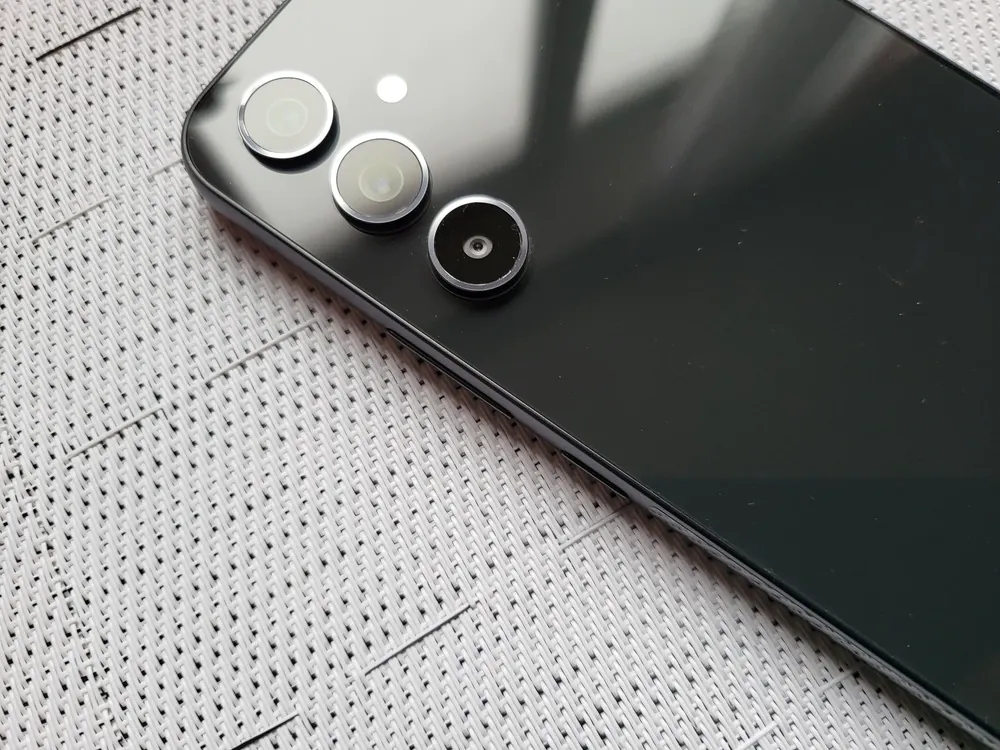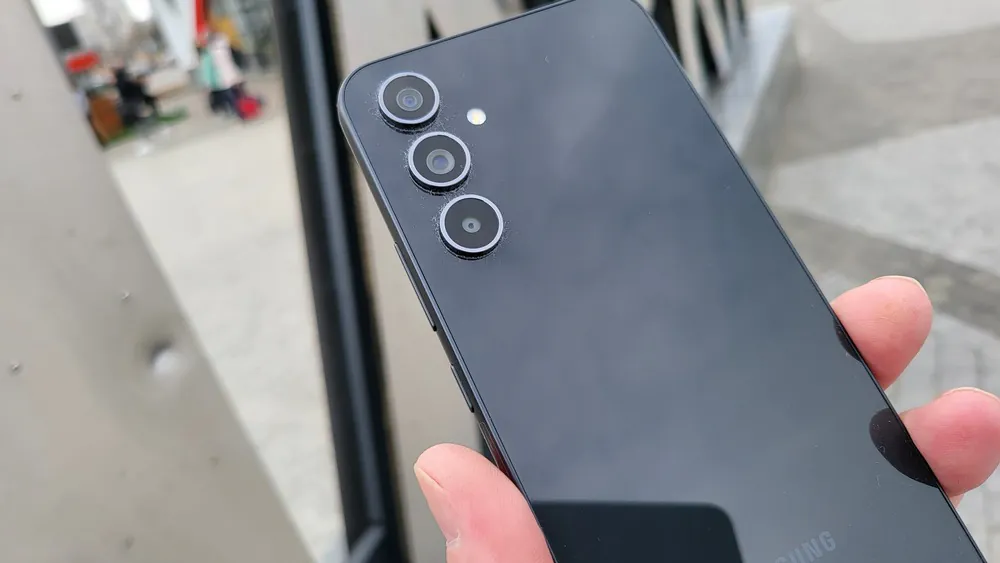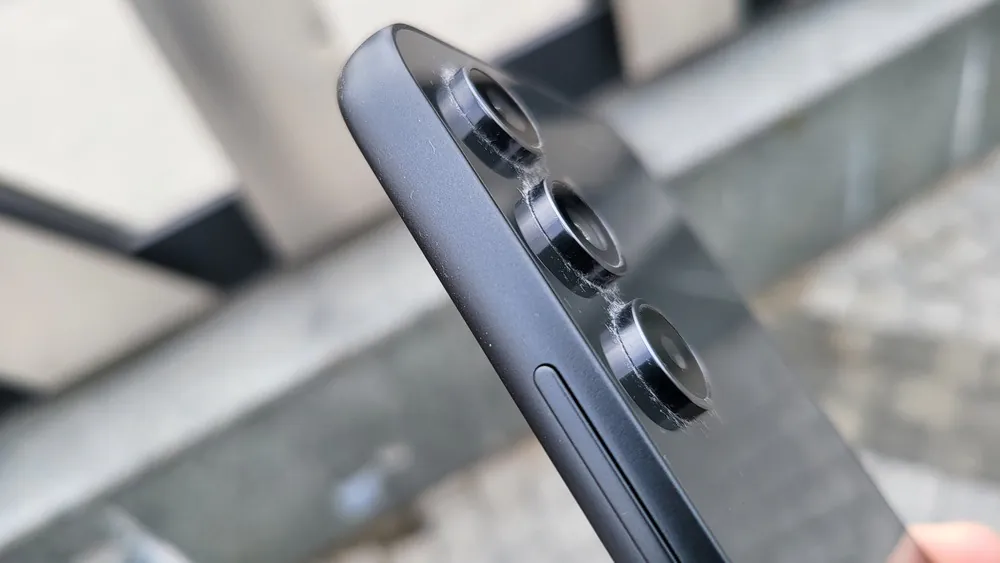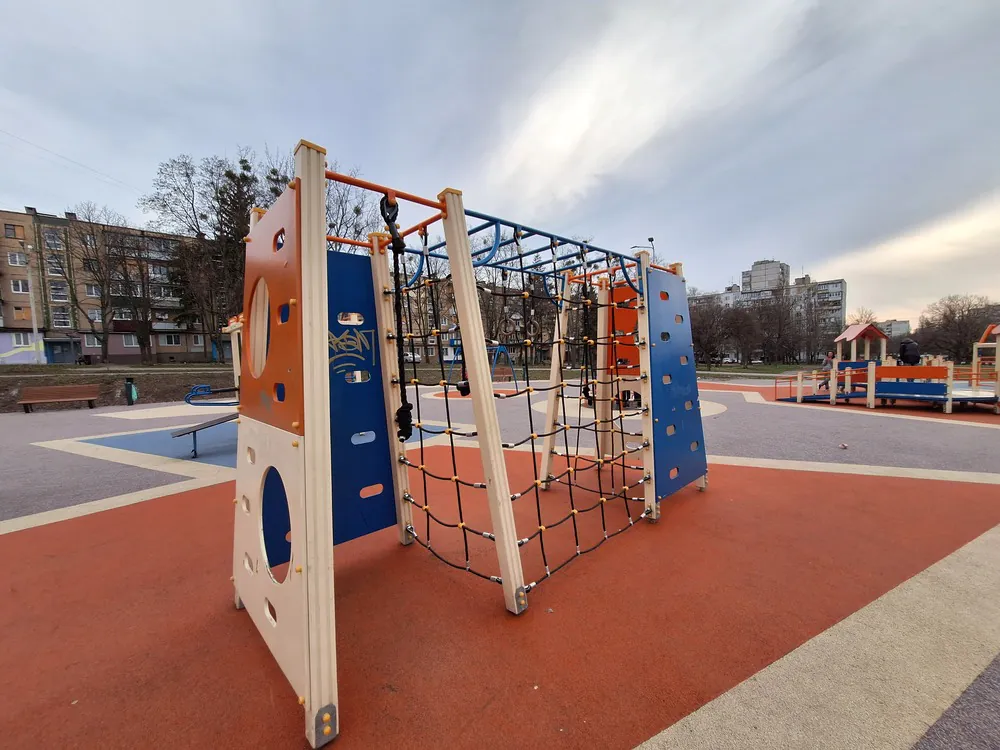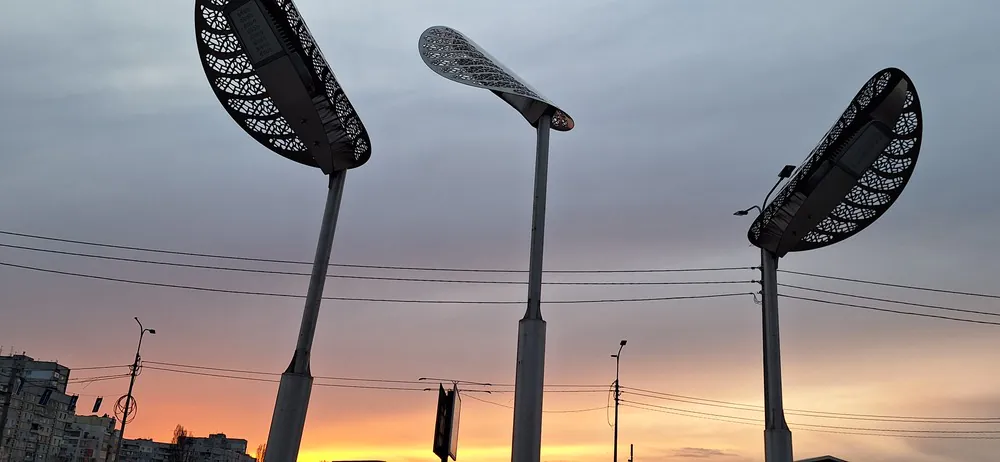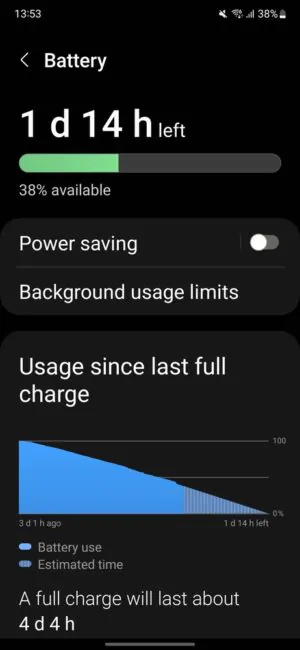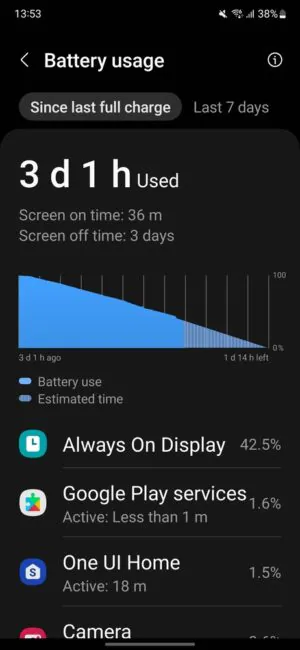© ROOT-NATION.com - Use of content is permitted with a backlink.
The Samsung Galaxy A54 5G is a reliable mid-range smartphone that meets most requirements: it has a great display, premium build quality, a decent camera and a capacious battery. Is it really perfect?
Galaxy A series smartphones are traditionally among the best-selling smartphones, thanks to their surprisingly interesting price/performance ratio and software support guarantee.
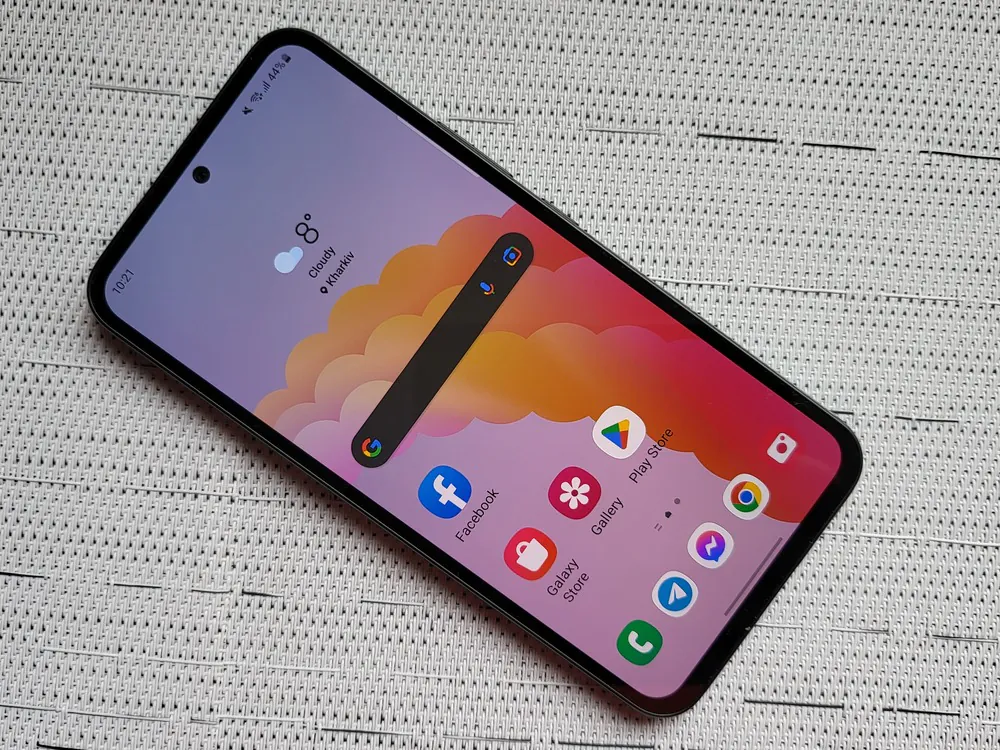
The Galaxy A53, like the previous Galaxy A52 and perhaps even more so the Galaxy A52s, has set the bar pretty high for Samsung. So it’s no surprise that users have high expectations of the Galaxy A54 5G, the newest in this series.
Read also: Samsung Galaxy S23 Ultra smartphone review: An unprecedented flagship
What is interesting about Samsung Galaxy A54 5G
The new device has an improved main camera, a better display, and possibly a more economical Exynos 1380 chipset. In addition, there is already a version with 8 GB of RAM. And last but not least, you will be greeted by a new design, already known to us from the flagship Galaxy S23 models. On the other hand, it doesn’t bring any radical innovations, and there is no hint of risk. In short, the Korean company is betting on the safety and recognition of the Galaxy series. And this is probably not surprising, given that the previous models of this series are among the most successful on the market. I was wondering whether the Galaxy A54 5G would be able to keep the reputation of the series, and whether it would become the king of the middle class?
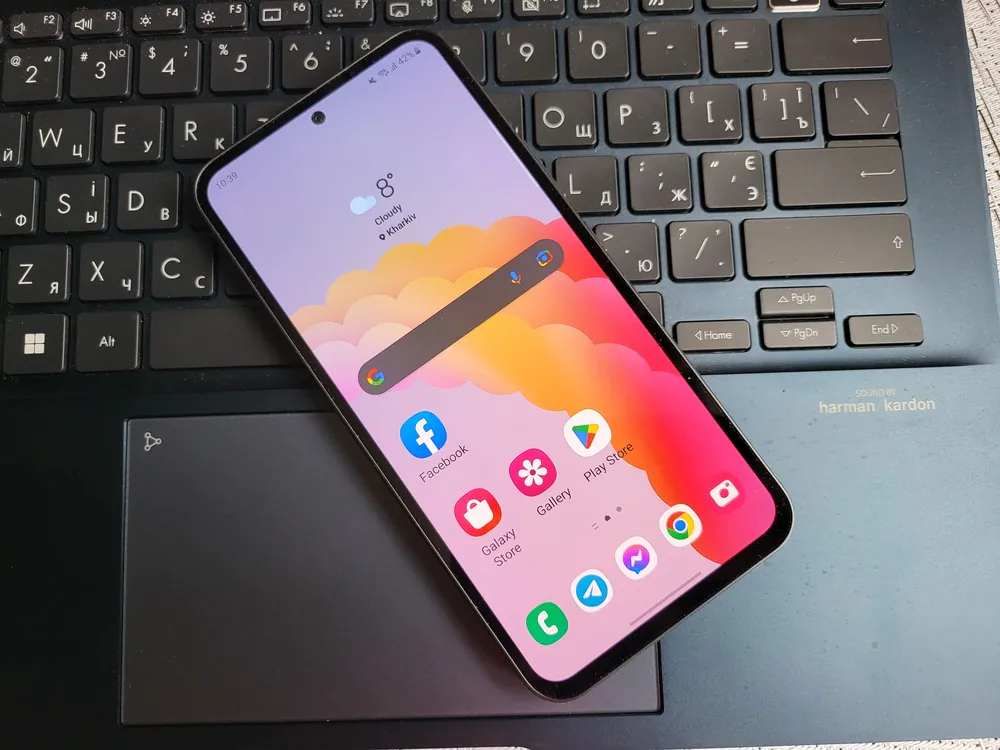
For testing, I received a version with 6 GB of RAM and 128 GB of storage, which is currently on sale for UAH 19,999. It’s a shame that the version with the smaller 128GB storage starts on the Ukrainian market with 6GB of RAM, although Samsung ships it with 8GB in some markets. For the older version with 8 GB of RAM and 256 GB of storage, you’ll have to pay UAH 21,999. There are four colour options to choose from – purple, lime, white and graphite, which is the colour I received for review.
Samsung Galaxy A54 5G specifications
- Display: 6.4″, Super AMOLED, 2340×1080 pixels, 19.5:9 aspect ratio, 403 ppi, 1000 nits, 120 Hz, Vision Booster
- Chipset: Samsung Exynos 1380, octa-core, 4×2.4 GHz Cortex-A78 + 4×2.0 GHz Cortex-A55, 5 nm
- Graphics accelerator: Mali-G68 MP5
- RAM: 6/8 GB, LPDDR4x
- Permanent memory: 128/256 GB, UFS 3.1
- MicroSD card support: up to 1 TB
- Wireless networks: Wi-Fi 802.11 a/b/g/n/ac/6, dual-band, Wi-Fi Direct, Bluetooth 5.3 (A2DP, LE), GPS (A-GPS, GLONASS, BDS, GALILEO), NFC
- Main camera:- 50 megapixels, f/1.8, (wide-angle), PDAF, OIS
– 12 megapixels, f/2.2, 123˚ (ultra-wide), 1.12 μm
– 5 megapixels, f/2.4, (macro) - Front camera: 32 megapixels, f/2.2, 26 mm (wide-angle), 1/2.8″, 0.8 µm
- Battery: 5,000 mAh
- Charging: wired up to 25W
- OS: Android 13 with One UI 5.1 shell
- Dimensions: 158.2 x 76.7 x 8.2 mm
- Weight: 202 g
Samsung Galaxy A54 5G design
The design of the Samsung Galaxy A54 5G is based on the new Galaxy S23 series, which is especially noticeable from the design of the camera unit on the back. It should be noted that in the case of Galaxy A54, they are made with Gorilla Glass 5 protection. By the way, the entire back panel is protected by Gorilla Glass 5.
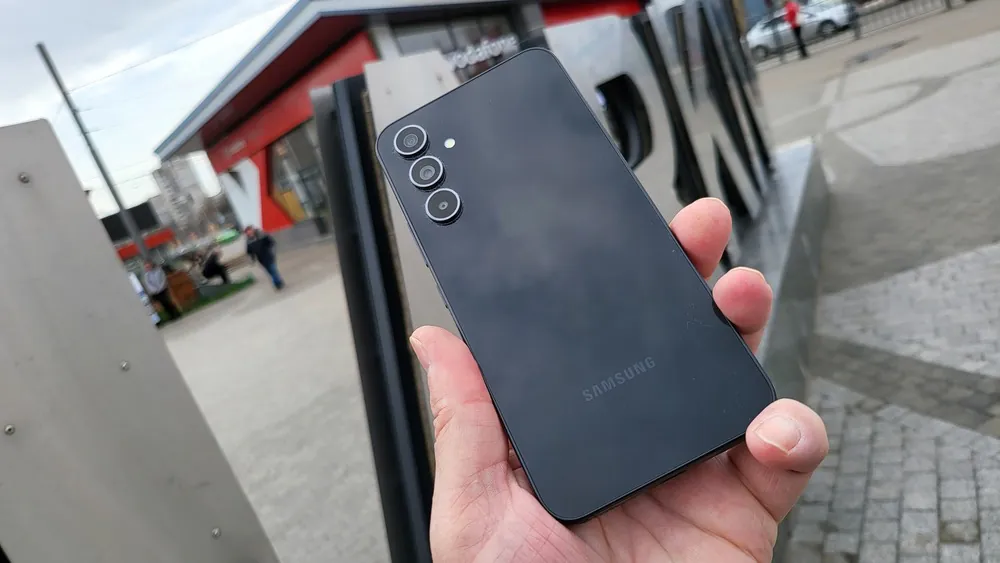
Some people may miss the matte finish that previous models boasted, as the glass back panel shines. However, I don’t see this as a serious problem, at least for the graphite version I tested. Prints and smudges may be noticeable, but they are easy to wipe off. In addition, the graphite colour looks great not only in photos.
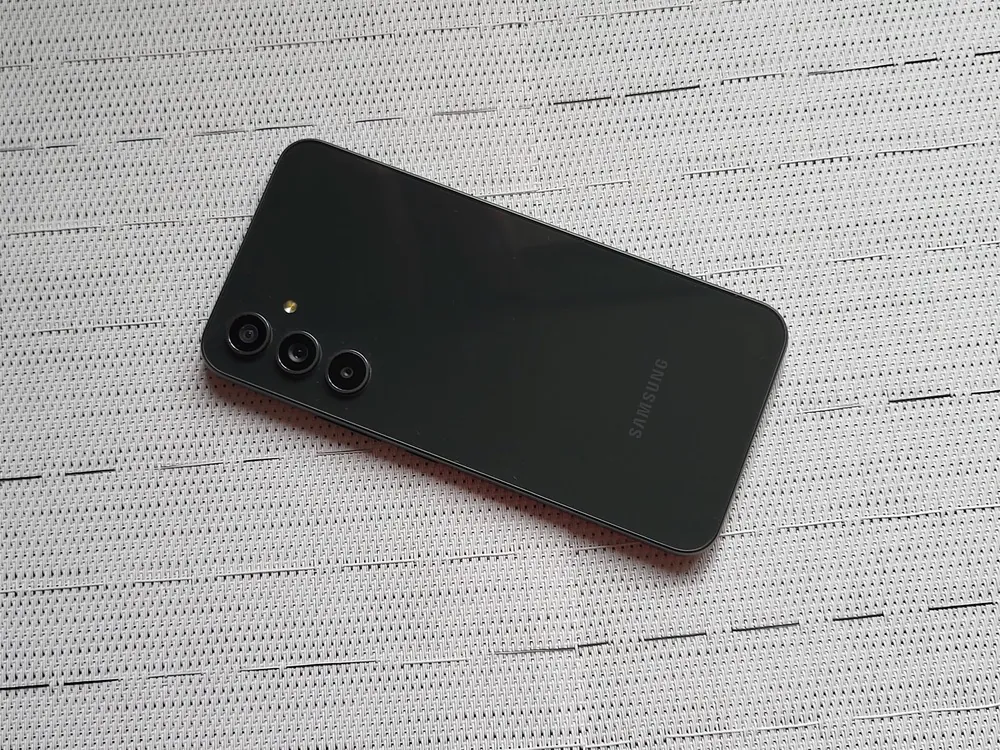
At the same time, I have heard two different opinions about the use of a similar design: some are happy that the mid-range mobile phone looks like the flagship Galaxy S series, so it looks quite expensive, while others don’t like it very much because the Galaxy S series is not so different from the Galaxy A. But personally, I like the design of the smartphone. Users will also like the pretty good imitation of metal bezels, although they are not metal because they don’t have plastic dividers. Last year, there was also a bit of a controversy with the Galaxy A53, as the manufacturer claimed that the bezels were metal, although they clearly lacked antennae baffles. This year, Samsung doesn’t even mention metal bezels, but rather says that it’s just a good imitation of brushed aluminium.
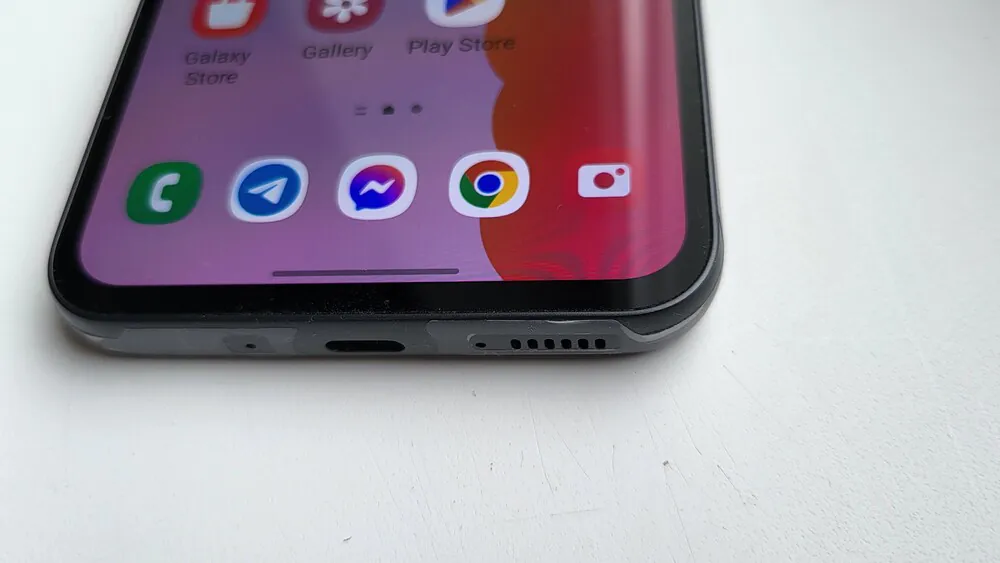
In terms of dimensions, Galaxy A54 has increased in width and slightly decreased in height. The dimensions of the smartphone are 158.2 × 76.7 × 8.2 mm. Because of this, there are differences in the display format, which uses 19.5:9 instead of 20:9. We still have a 6.4-inch display, so this is not the smallest smartphone. The different aspect ratio is not the only change in the display. It is also slightly smaller and, unfortunately, has larger bezels. Although, the chin is slightly smaller than the Galaxy A52s, but this is due to the other three sides, which are slightly larger. As a result, the new model has one of the worst screen-to-body ratios in the Galaxy A5X series.
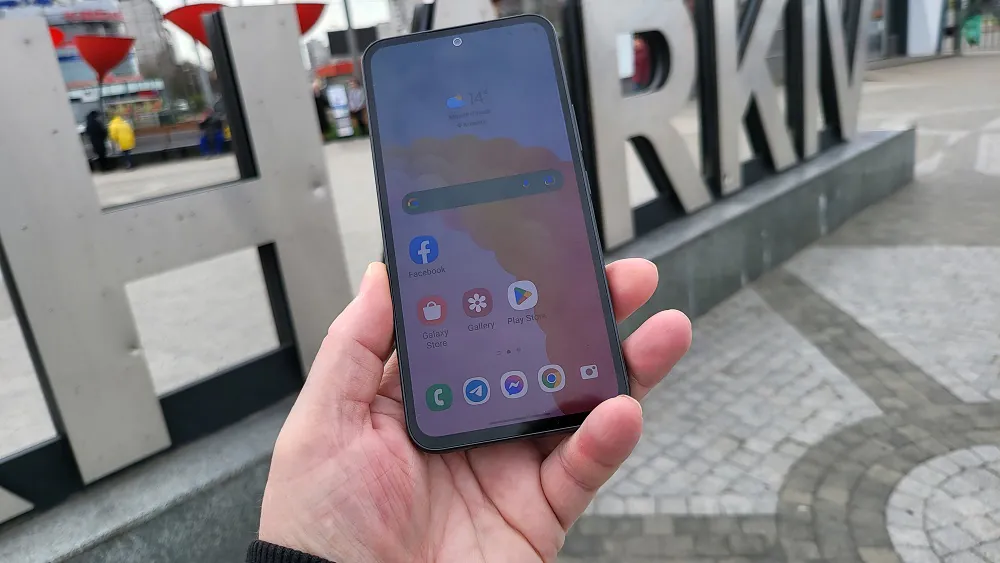
But this does not affect the ease of use of the smartphone. Of course, it all depends on the individual user, so I recommend going to a store to “feel” the phone before buying it. Resistance to moisture and dust according to IP67 standards has not changed, but the tactile response has changed. The smartphone looks more premium and certainly doesn’t look cheap. Although whether you will notice any significant changes compared to the Galaxy A53 is a question.
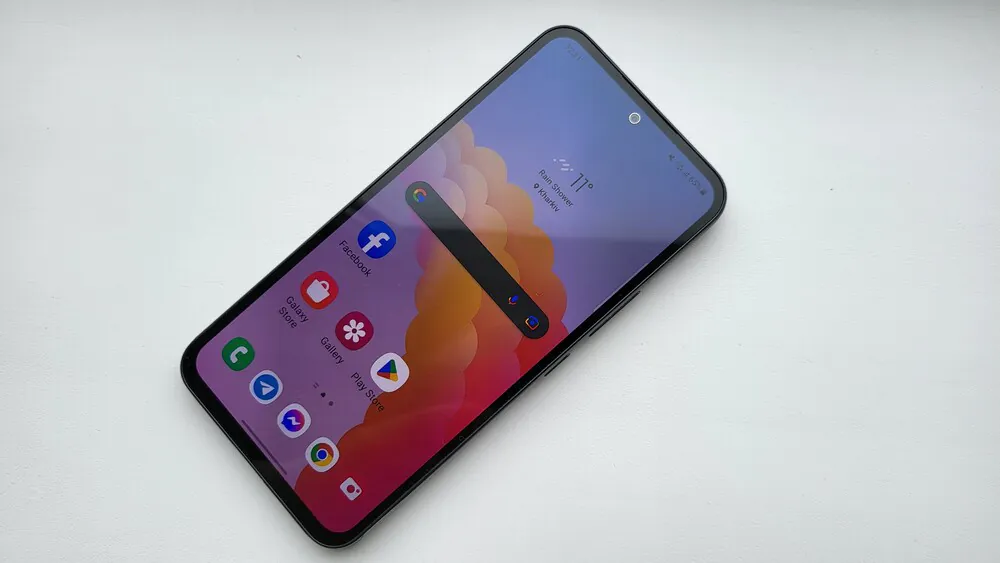
The hybrid slot can be equipped with either a pair of nanoSIMs or a combination of nanoSIMs and a memory card with a maximum capacity of 1TB. The main news is the connectivity issue – eSIM support (this is the first Galaxy A with eSIM), which eliminates the dilemma of having two SIMs without a memory card or a combination of one SIM and one memory card. Now you can use one eSIM, one nanoSIM and one memory card at the same time, which can be a big advantage for those looking for such a smartphone in this price class. Although it should be noted that only depending on the model and the region from which the smartphone came, there may be support for eSIM (for the first time for the A-series). Compared to the Galaxy A53, we can also notice a different slot location. It was decided to place it on the top edge, where there is also another microphone.
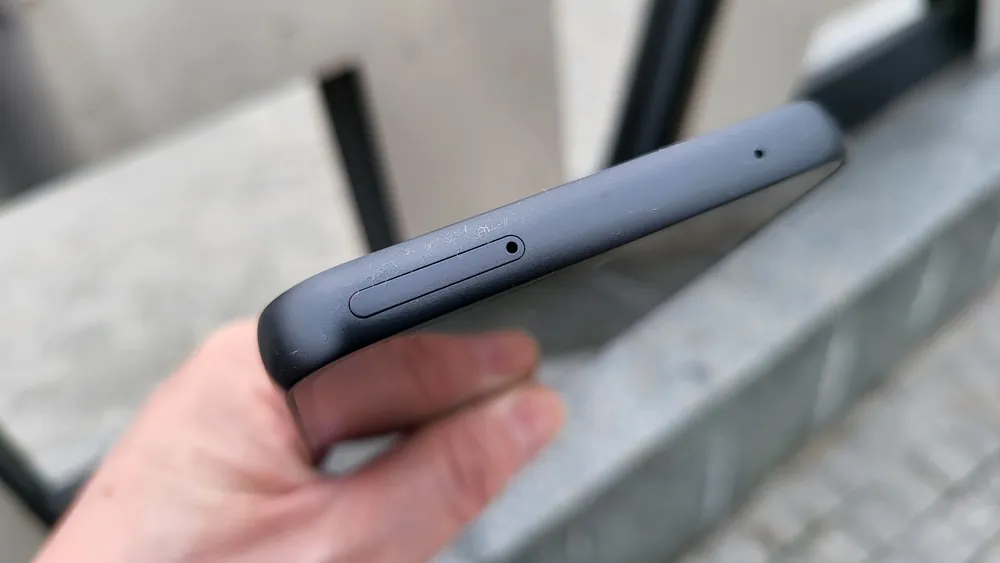 Fortunately, the physical buttons remain in exactly the right place, i.e. at the perfect height for easy thumb tapping, but left-handed users may theoretically have a little trouble due to the wider width of the smartphone.
Fortunately, the physical buttons remain in exactly the right place, i.e. at the perfect height for easy thumb tapping, but left-handed users may theoretically have a little trouble due to the wider width of the smartphone.
In addition to a USB Type-C port for charging the device and connecting to a laptop, the bottom edge also has stereo speakers and a microphone for talking.
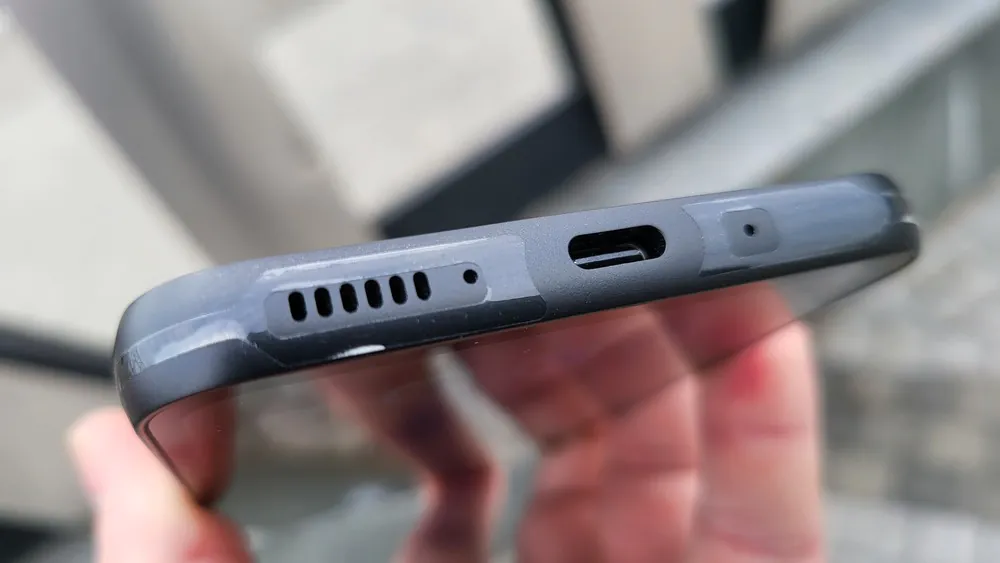
Everything is quite standard for smartphones in this price segment. Finally, let me mention the weight, which has increased from 189 to 202 g.
Reas also: Samsung Galaxy Fold4 experience: What makes it a multitasking device?
AMOLED 120Hz display
The fact that the display of the tested model is the best in its class is not surprising, as Samsung has long been ahead of the competition in this regard. The display uses a 6.4-inch Super AMOLED panel with a resolution of 1080×2340 pixels. This gives a result of 403 ppi. The selfie camera is traditionally placed in a round notch.
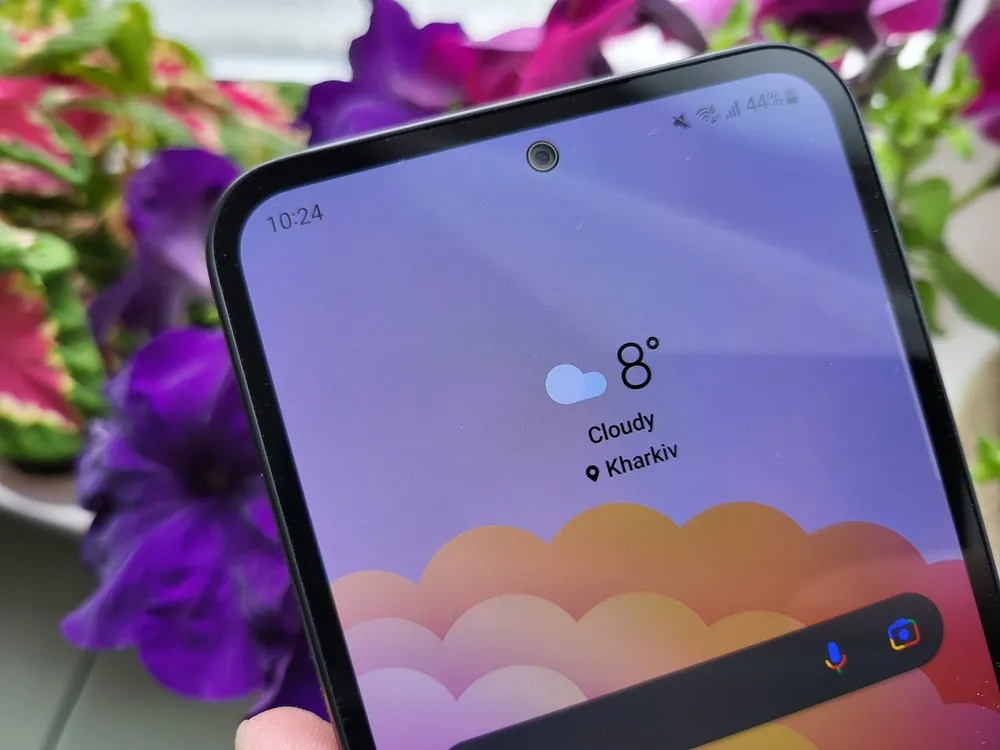 Samsung is still using the Super AMOLED panel for its best-equipped Galaxy A model at the moment, and the maximum brightness has been increased to 1000 nits. The refresh rate is 120 Hz, and interestingly, the display can now switch itself between 60 and 120 Hz (only these two values are available).
Samsung is still using the Super AMOLED panel for its best-equipped Galaxy A model at the moment, and the maximum brightness has been increased to 1000 nits. The refresh rate is 120 Hz, and interestingly, the display can now switch itself between 60 and 120 Hz (only these two values are available).
This was not possible before (the user had to choose either 60 or 120 Hz). Although, as a rule, the display offers a refresh rate of 120 Hz.
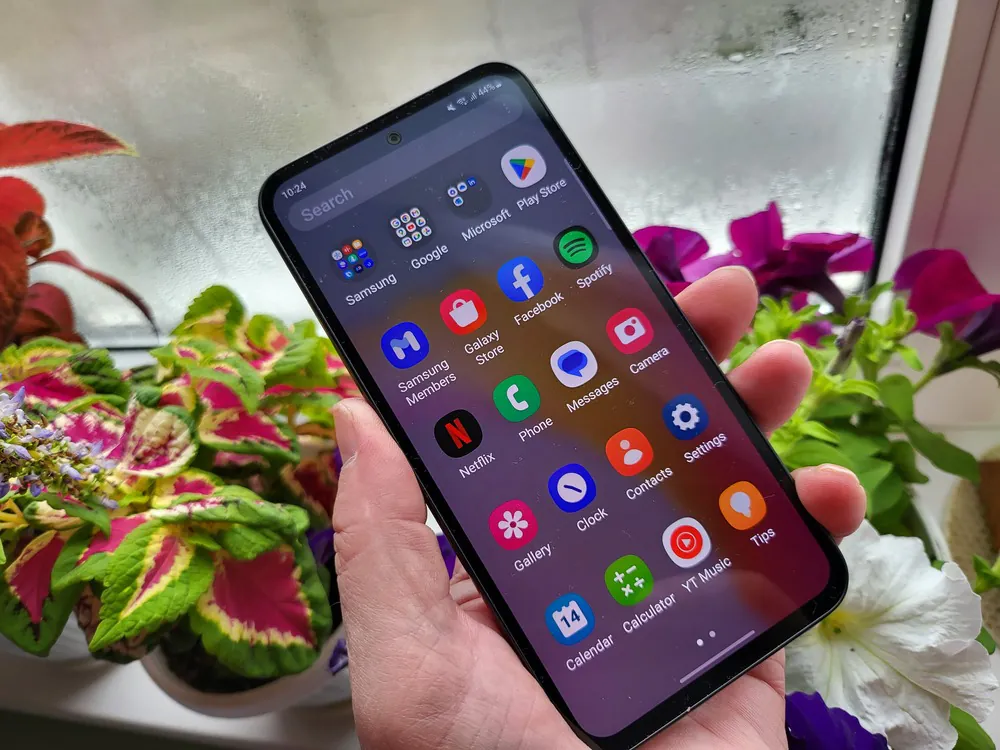 The higher frequency also works for supported apps and less demanding games. For example, Lara Croft GO can be played at 120 FPS without any problems, but Call of Duty Mobile, for example, is limited to half this value, and even if the game itself allows the smartphone to set a high refresh rate. During normal use, the frequency remains at 120 Hz, and to save power, it drops to 60 Hz after a few seconds of inactivity.
The higher frequency also works for supported apps and less demanding games. For example, Lara Croft GO can be played at 120 FPS without any problems, but Call of Duty Mobile, for example, is limited to half this value, and even if the game itself allows the smartphone to set a high refresh rate. During normal use, the frequency remains at 120 Hz, and to save power, it drops to 60 Hz after a few seconds of inactivity.
The image quality itself is very good, regardless of maximum brightness, resolution (Full HD+), or viewing angles. The only complaint may be about the thickness of the bezels, which are more or less symmetrical, but still slightly wider than last year’s Galaxy A53. It’s a shame that Samsung didn’t pay more attention to this detail, because any changes for the worse can be (especially for such popular models) a rather sensitive topic. On the contrary, the reduction of blue glow to 6.5% from less than 13% in the previous model can be a nice bonus.
I can confirm that the differences can also be seen in real use. Compared to the Galaxy A53, the display offers significantly better readability in direct sunlight. The viewing angles are perfect, as is the colour reproduction. It goes without saying, at least for Samsung, that there is full support for Always-on. The ambient light sensor also works reliably, unlike a few other mid-range and lower-end phones I’ve recently had the chance to test.
Read also: Review and experience: Is it worth buying the Samsung Galaxy S22 Plus in 2023?
Fingerprint scanner and other unlocking methods
There are several options available to unlock the device. In addition to passwords or digital codes, it is possible to scan your face. For this purpose, a selfie camera is used, which is not so safe, but definitely convenient. The best method of unlocking is the optical fingerprint reader located under the display.
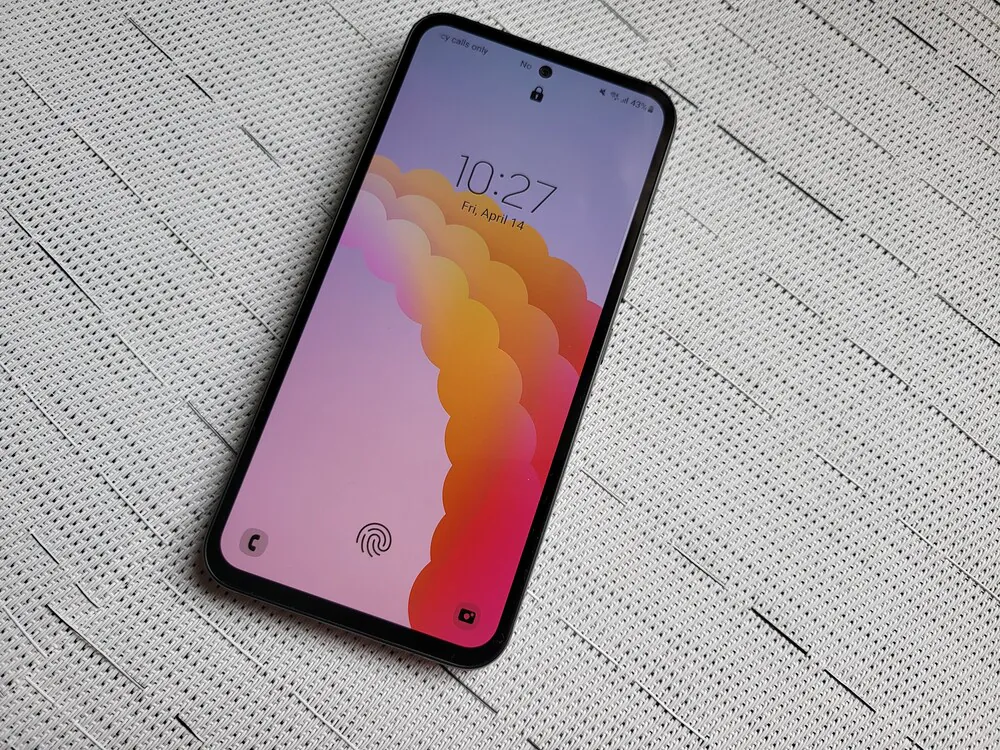
It works perfectly, scanning is fast, and unlocking is easy. There are no complaints about the operation of the optical fingerprint scanner, it has a white backlight and a very reasonable location, that is, not close to the bottom bezel.
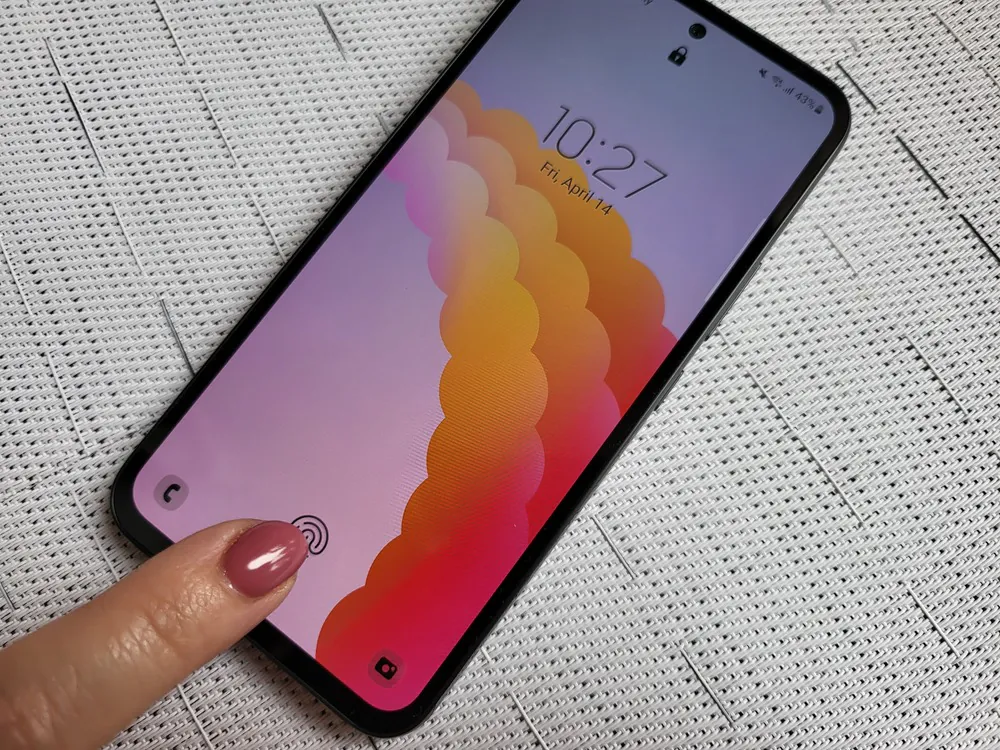
Personally, I would have preferred a slightly higher scanner location, but even this solution does not require (obviously due to the width of the device) a thumb turn.
Read also: Samsung Galaxy S22 Ultra review: the best Android smartphone?
Sound: you’ll love the stereo speakers
Galaxy A54 has stereo speakers with Dolby Atmos support, which provide quite sufficient volume and a decent spatial effect for a device of this price segment. It should be noted that the bass component has been improved, making the sound of the stereo speakers more dense.
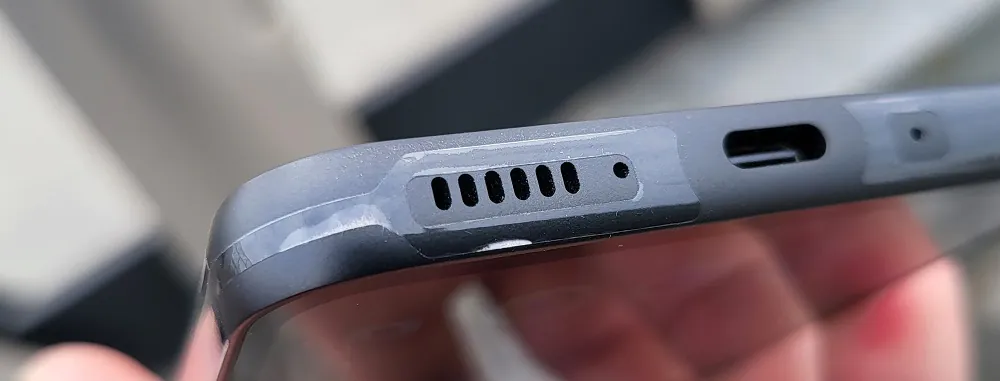
The built-in stereo speakers are enough for watching movies or YouTube clips, but for listening to music, it’s better to use wired headphones. There’s no analogue 3.5 mm audio jack, but there are plenty of headphones that can be connected to the USB Type-C port, or you can use wireless ones. I was also pleased with the quality of phone calls. There should be no complaints about the stereo speakers and microphones.
Performance: 5 nm Exynos 1380
As usual with Samsung phones, they rely on their own processors. The Galaxy A54 5G is no exception, as the manufacturer has equipped it with an Exynos 1380 chipset and Mali G68 MP5 graphics. I assure you that this average set is quite enough. As for the Exynos 1380, it is a powerful octa-core processor that was announced on 23 February 2023 and is manufactured using a 5-nanometre process technology. It has 4 2400 MHz Cortex-A78 cores and 4 2000 MHz Cortex-A55 cores. The chipset also supports artificial intelligence and modern 5G networks, so gaming and other more demanding tasks will not be a problem. Among other things, Exynos 1380 provides the aforementioned eSIM support.
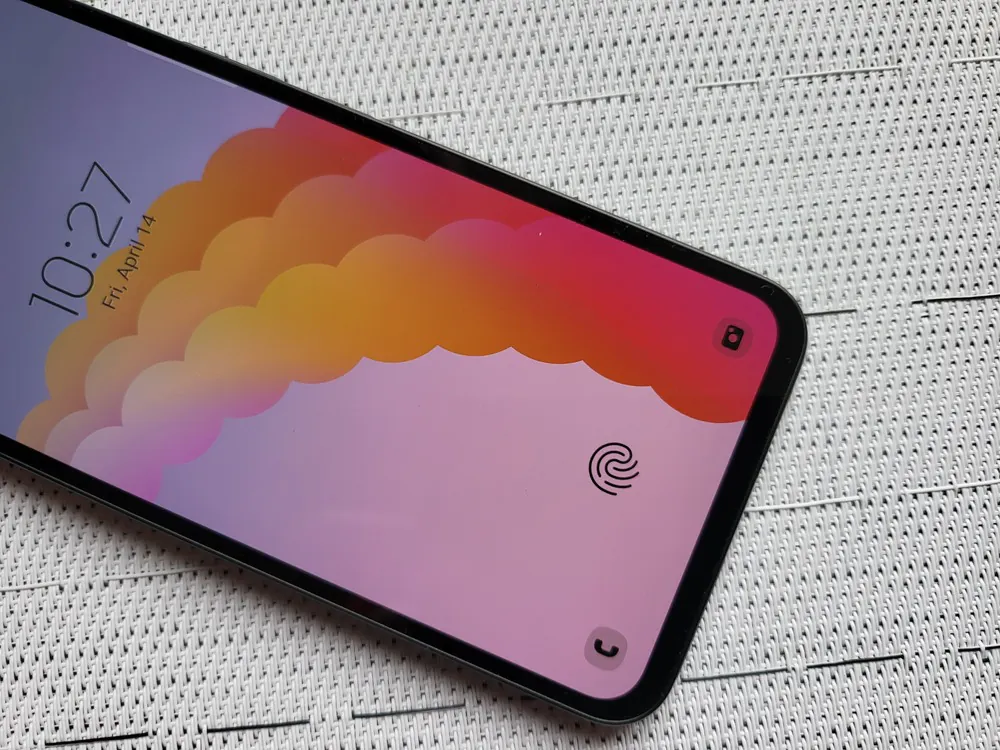 At the presentation, Samsung boasted about the new Exynos 1380 chipset, which, compared to the previous generation, offers a 20% increase in computing power and 26% increase in graphics performance. At first glance, this sounds very good, but it is not mentioned that the predecessor Exynos 1280 was a very unfortunate thing, which at that time really lagged behind the competition. In reality, the Exynos 1380 has reached the level of the Snapdragon 778G 5G, which has been appearing in phones since 2021. Among other things, it can be found in the Samsung Galaxy A52s. To be precise, Snapdragon still offers a slightly more powerful graphics chip and lower temperatures on average.
At the presentation, Samsung boasted about the new Exynos 1380 chipset, which, compared to the previous generation, offers a 20% increase in computing power and 26% increase in graphics performance. At first glance, this sounds very good, but it is not mentioned that the predecessor Exynos 1280 was a very unfortunate thing, which at that time really lagged behind the competition. In reality, the Exynos 1380 has reached the level of the Snapdragon 778G 5G, which has been appearing in phones since 2021. Among other things, it can be found in the Samsung Galaxy A52s. To be precise, Snapdragon still offers a slightly more powerful graphics chip and lower temperatures on average.
However, the launch of the new Exynos 1380 model showed that although on paper the processor has sufficient performance, there are minor (but quite frequent) jerks in the system animation. You definitely won’t have to worry about the phone getting stuck or waiting for something for an unreasonably long time, but a more attentive user will notice that the mobile phone sometimes slows down, and this is probably due to the processor used. Of course, we can assume that these shortcomings will be eliminated over time, as was the case with last year’s model, but it’s still a shame that the system wasn’t perfectly tuned from the start. It’s still hard to say what the reason is. Perhaps the smartphone spends all its energy on some action, so the system has nothing left to do, or, on the contrary, to save battery, the system cores are turned off, and it takes some time to wake up again. It should be noted that although the tests are rather mediocre, they did not demonstrate any critical failures.
In Samsung’s defence, the Exynos 1380 is a new processor that is being used in a phone for the first time, so it may take some time to get everything set up properly. It should be noted that Samsung is the only manufacturer that promises 4 years of updates and 5 years of security patches for the mid-range category, which is a high standard. We can only hope that the system animations and transitions will also be gradually optimised and everything will run smoothly on the FHD display with a 120Hz refresh rate in games. It should be noted that the smartphone does not heat up excessively during games, which puts it out of competition among devices in this price category, so it is clear that Samsung has taken care of cooling.
The RAM is available in 6GB or 8GB options, with 128GB or 256GB available for user data. There’s also an SDXC memory card slot if you need it, but you’ll lose the ability to use a second SIM card.
This amount of memory is enough for the smartphone to allow you to comfortably browse social media feeds, play any mobile game (although some will have to give up FPS), and take high-quality photos and videos. But it still feels like a mid-range smartphone.
Connectivity is also not a problem, as the smartphone is equipped with NFC, Bluetooth 5.3 and GPS, GLONASS, BDS, Galileo navigation systems. There is also Wi-Fi 6 support, the aforementioned eSIM and, of course, full 5G support.
Read also: Samsung Galaxy M53 Review: Slim Mid-Budget Phone With Great Cameras
Samsung’s new product comes with the latest Android 13 and One UI 5.1, which is very good, and quite well suited for one-fingered operation on such a large display. Considering the long term software support, the higher initial price of the phone doesn’t seem that high.
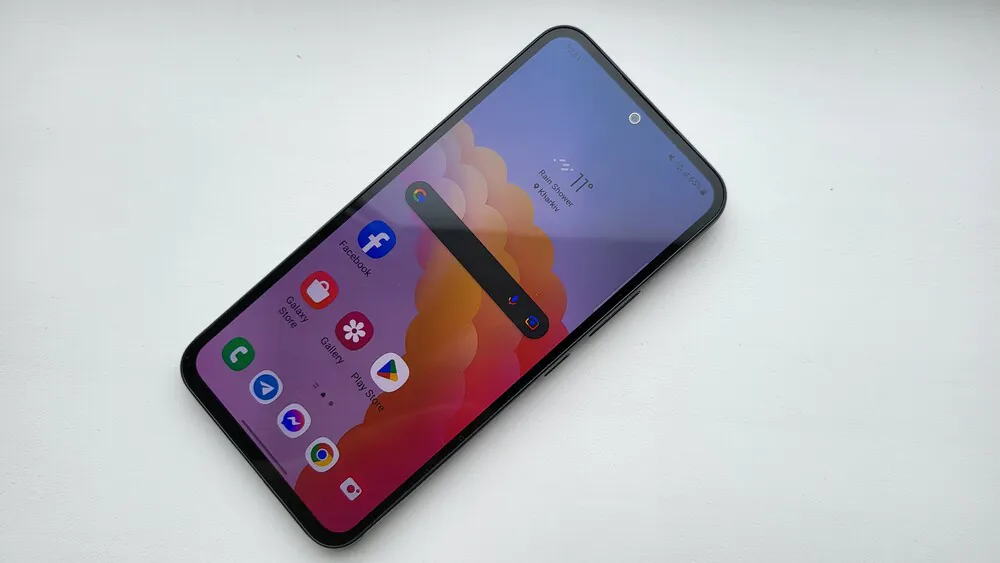
Combined with the successful One UI add-on (and of course Android 13), it’s one of the best phones on the market in terms of software. The only thing that can be criticised is the occasional stuttering of the system, which has already been mentioned in the section on the processor.
During testing, the phone has already received one system update, which included camera improvements, bug fixes and system optimisation. Anyway, I didn’t have any problems with optimisation or stability even before the update. But the problems with a slight freeze, for example, when changing an application or after unlocking the mobile phone, unfortunately, remained even after this update.
Traditionally, there are quite a few pre-installed applications. These are services from Samsung, Google, and Microsoft. A small advantage is at least that there are no dubious apps or games that can be found on devices from competitors.
Camera: bigger sensor, better photos
There are three cameras on the back of the Samsung Galaxy A54 5G. The main 50-megapixel camera is completely new, replacing the 64-megapixel cameras of previous generations. The sensor size has been increased to 1/1.56 inches (individual pixels are 1 micrometre in size). Optical image stabilisation remains, as does the f/1.8 aperture and support for fast phase focus. The secondary camera offers 8 megapixels with an f/2.2 aperture and a 123° field of view, and is complemented by a 5 megapixel macro camera with an f/2.2 aperture.
The fourth camera is a 32-megapixel selfie camera in the front notch.
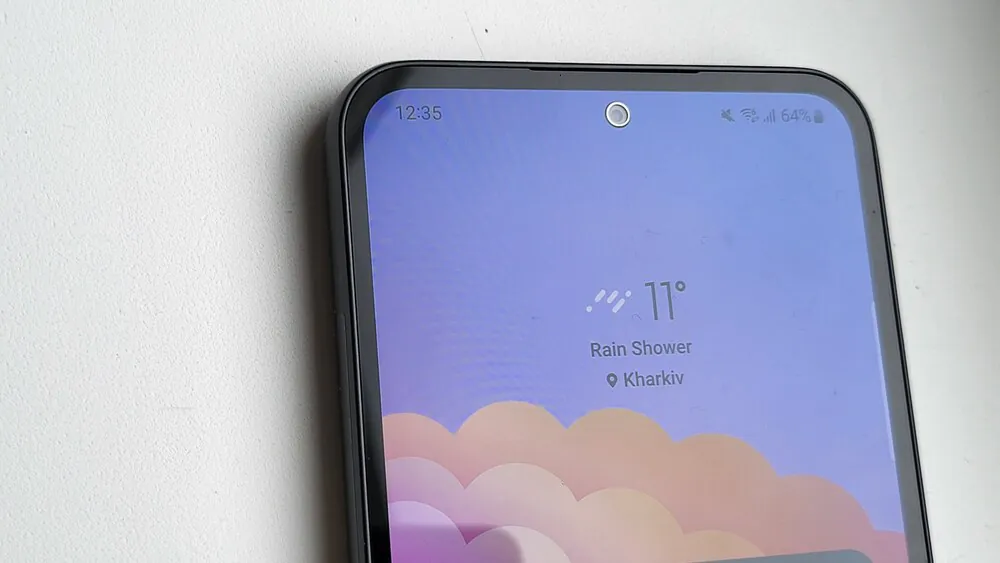
Although the smartphone has a new sensor, you won’t see much difference in actual use compared to its predecessor, especially during the day. Anyway, as for the new sensor, on the one hand, it’s great, but on the other hand, it’s probably a stumbling block. Keep in mind that the Sony IMX766 sensor used is actually a 3-year-old sensor that has already been seen in the Nord 2 5G model. Although the image is a little brighter, the sharpness is perfect, with plenty of detail, and the colour reproduction is close to reality.
Fast focusing will delight you, day or night. Not only the new sensor, but also improved optical stabilisation helps you take pictures in low light conditions. Last but not least, Samsung Galaxy A54 pleases with a very good dynamic range. The images from the main sensor are good. HDR works, but sometimes I didn’t like the shadows that were too dark.
At the same time, the new device makes much more use of the automatic night mode, when we have an active scene optimiser. For the older Galaxy A52s, the lighting conditions must be very poor to activate this mode. You can also use direct night mode with the secondary camera, although this will not help improve image quality. Noise and loss of detail are quite high. However, I was pleasantly surprised with the night shooting, which was a significant improvement due to the larger sensor, when compared directly to the A53 and A52.
The ultra-wide angle is still mediocre, it is practically impossible to use at night, photos become a little blurry, but for the middle class, this is nothing unusual.
The macro sensor will probably never be used by the average user. I took a few photos with it, but I don’t think they were very good.
For selfies and video calls, the Galaxy A54 5G has a 32-megapixel front-facing camera, just like the Galaxy A53. Selfies are quite clear outdoors during the day, and in most cases, you can reproduce the correct skin tone. Indoors, with adequate lighting, the selfie camera still manages to do well, but don’t expect miracles if you’re taking selfies in places like pubs and cafes where the lighting is often very dim.

The Samsung Galaxy A54 5G cameras can record video up to 4K and 30 frames per second or even Full HD and 60 frames per second. I was pleased with the ability to switch between lenses during recording, but the condition is to use the 30fps mode.


The switch itself is quite stiff, as you can see in the shots. However, when combined with the main lens, it can produce great videos, in any case, it will need better stabilisation for good results.
Read also: Samsung Galaxy S21 FE 5G review: Now definitely a fan flagship
Battery life of Galaxy A54 5G
Galaxy A54 5G is equipped with a 5000 mAh battery. It’s the same battery as its predecessor, but thanks to a more efficient processor, the manufacturer promises a two-day battery life. And I have to agree with him, the survivability is really above average.
I was convinced of this myself during testing, because only at the end of the second day did I notice that it was time to put the smartphone on charge. As a rule, Galaxy A54 guarantees reliable one-day operation in all usage scenarios, even when conducting tests or taking photos and videos.
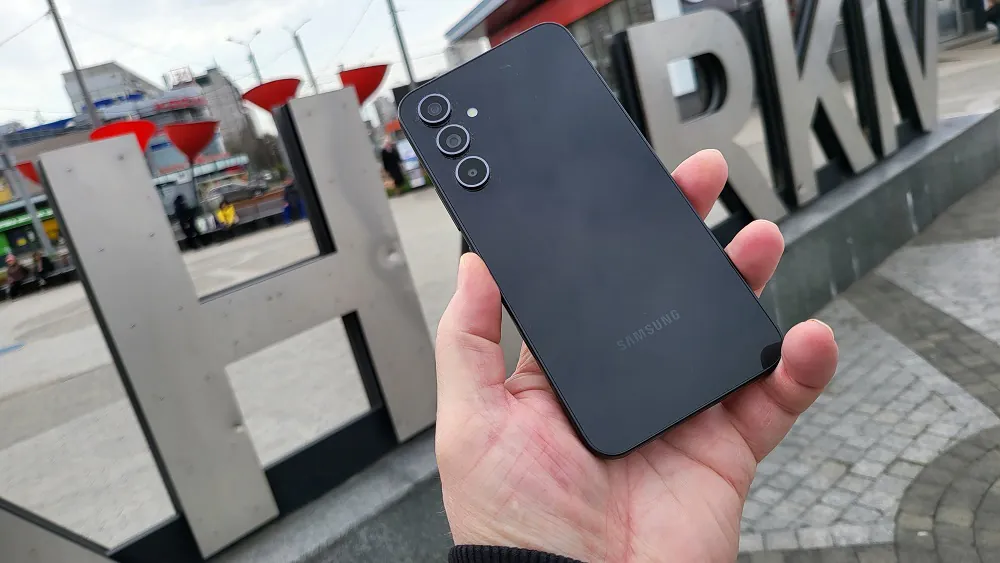
Charging is a bit slower than the competition, with a maximum of 25W wired, and of course there is no adapter for the socket in the box. I managed to charge from 10 to 56% in half an hour, and then to 80% in about 50 minutes. So a full charge takes a little over an hour. Unfortunately, there is no wireless charging, but this is not a critical issue, given that we are dealing with a device in the mid-range price segment.
Read also: Review of the Samsung JetBot+ robot hoover: The perfect helper
Is it worth buying the Galaxy A54 5G?
Now you’re probably wondering whether or not you should buy the A54, or whether you need to upgrade your older devices. Years ago, Samsung found the recipe for a near-perfect mid-range device with the Galaxy A52s. However, since then, it has only made small steps towards perfection. If last year’s Galaxy A53 had some pretty noticeable bugs, the Galaxy A54 got rid of them, but also didn’t stray too far from the two-year-old model.
The new smartphone will delight you with a significant increase in display brightness, as well as perfect software support. But that’s where it all ends. The new Exynos 1380 is barely on par with the two-year-old Snapdragon 778G, the 50-megapixel camera offers only minor improvements, and the battery life is only slightly better. Of course, that doesn’t mean it has poor battery life or a worse camera. But users expected a bigger leap forward from the Korean tech giant.
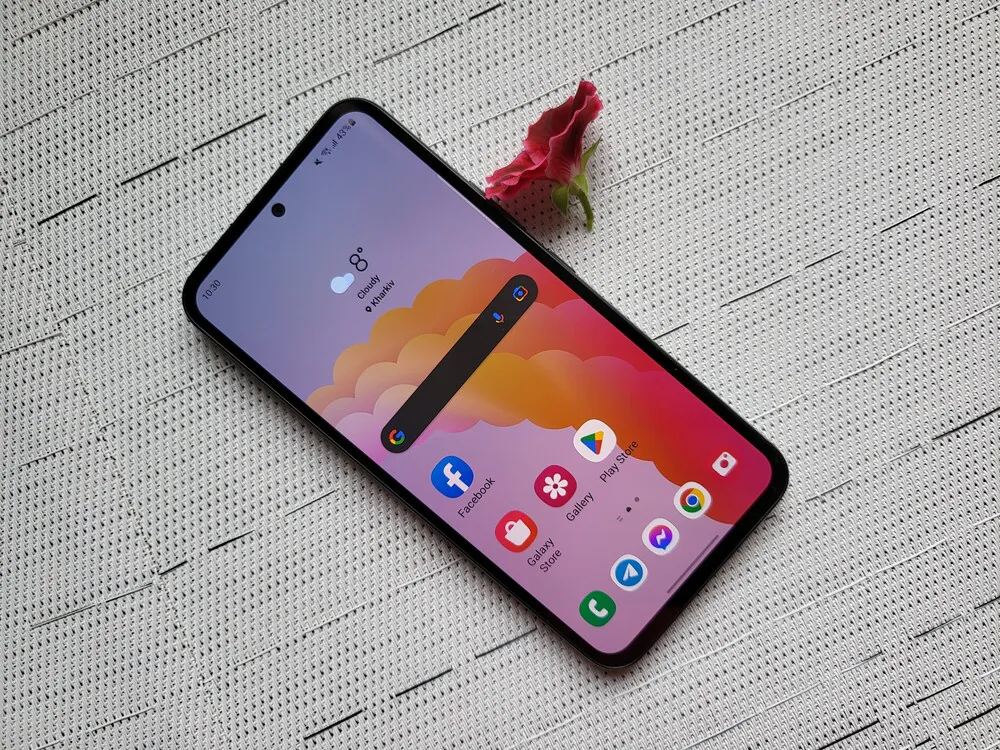
If it had been released a year ago as a successor to the Galaxy A52s, it would have been a very decent phone. But when you introduce a device two generations later that is largely identical, it’s a problem. First of all, Samsung’s new product is saved by the fact that its predecessor, the A53, is not a successful model, and the repeatedly mentioned A52s is slowly disappearing from store shelves. In addition, it lags far behind in terms of software.
For Samsung to get closer to mid-range perfection, it needs to start with the chipset. For a long time, Exynos processors have been in the shadows and have been losing out to chipsets from Qualcomm or Mediatek, although the Korean company is one of the few manufacturers that has the ability to achieve perfect communication and optimisation between the chipset and software.
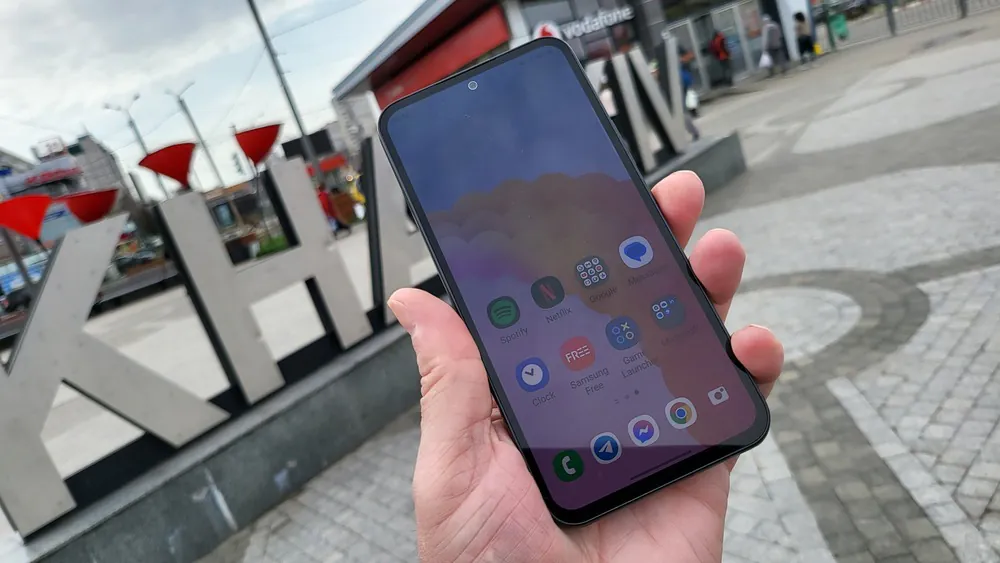
If you’re on the fence about upgrading, ask yourself if you want a better display with a 120Hz refresh rate, which, oddly enough, previous devices couldn’t deliver, and if you want a camera that’s about 20% better. It’s also worth mentioning the rather interesting updated design, good battery life, IP67 dust and moisture protection, eSIM support, and a memory card. If your answer is yes, then the Samsung Galaxy A54 5G will be almost the perfect smartphone for you.
Advantages
- Beautiful updated design from top models
- High-quality AMOLED display with high brightness and 120Hz refresh rate
- High-quality stereo speakers
- Hybrid slot + eSIM support
- New Android 13 with One UI 5.1 out of the box
- Very long software support
- Solid main camera, high quality photos and videos in good light
- Resistant to water and dust according to IP67 standard
- Good battery life
Disadvantages
- Large asymmetrical bezels around the display, especially the chin
- No fast wired charging and no wireless alternative
- The smartphone is not always smooth, from time to time the animation is broken
- Again, minimal changes compared to the previous generation
Video review on Samsung Galaxy A54 5G

Read also:
- Moto G53 5G smartphone review: Motorola, wtf?
- OPPO Enco X2 headphones review: is sound the most important thing?



